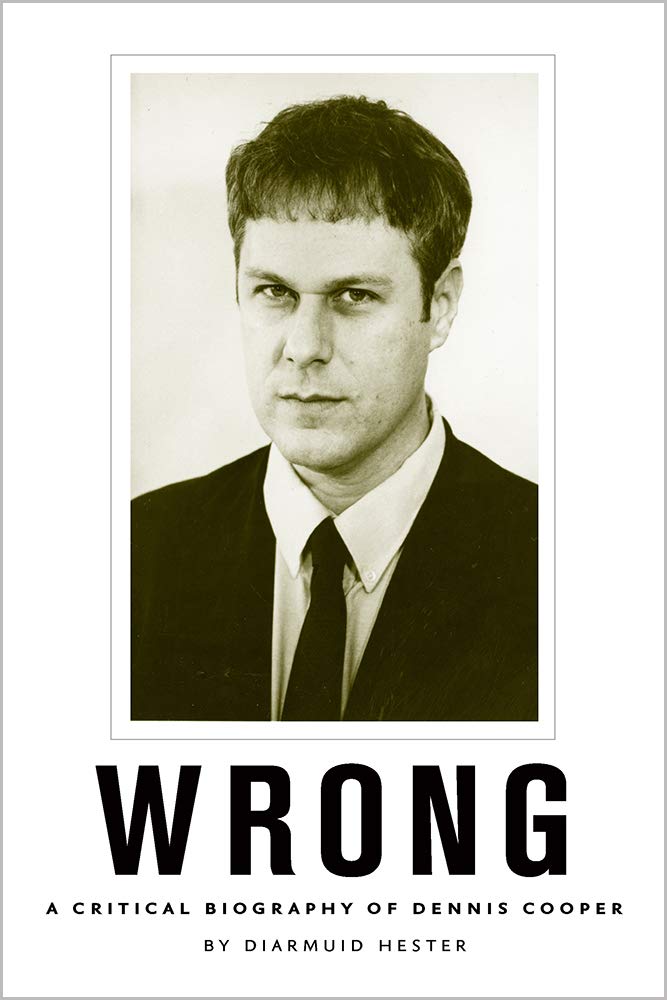________________
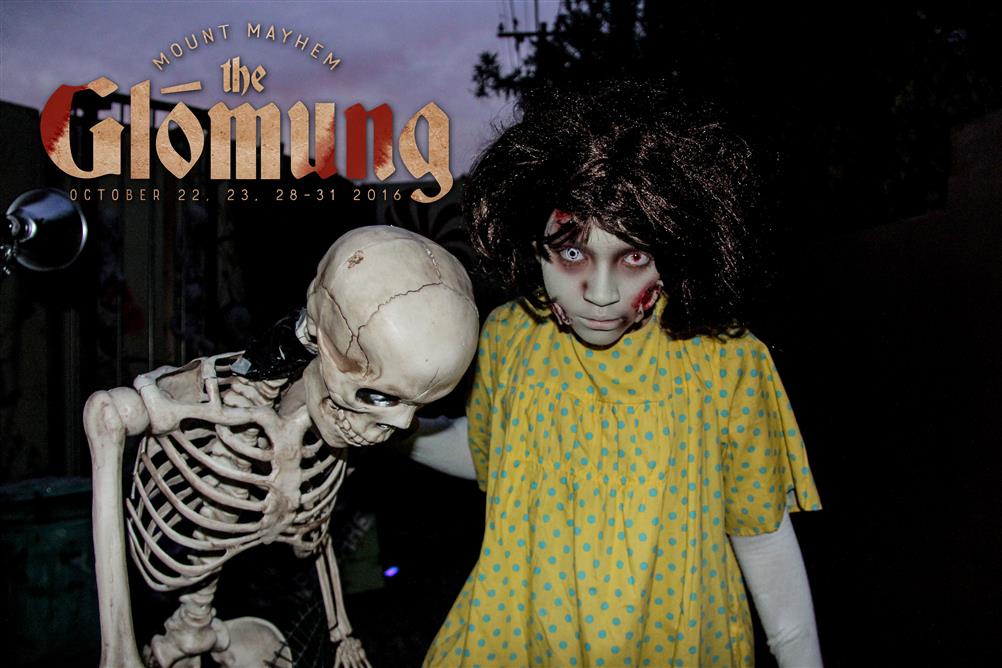
Mount Mayhem 1740 E Purdue Ave, Phoenix, AZ
‘Think every kid is an innocent soul that’s pure of heart? You’ve obviously never seen The Omen, The Good Son, or The Brood, bub, nor have you paid a visit to Mount Mayhem. This impressive-looking home haunt in north central Phoenix has been frightening people since 2009, and is teeming with corrupted preteens and adolescents known as “darklings.” As the story goes, they’re all refugees from an orphanage that have sworn to do the evil bidding of an insidious swarm of creatures known as The Glomung. It’s sort of like Lord of the Flies meets Children of the Corn. Try to keep all this in mind as you traipse through this DIY-style haunted house situated in a backyard while creepy kiddos let loose with bloodcurdling screams.’
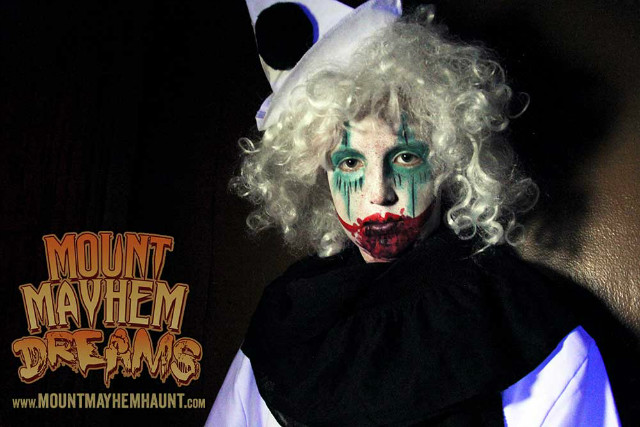

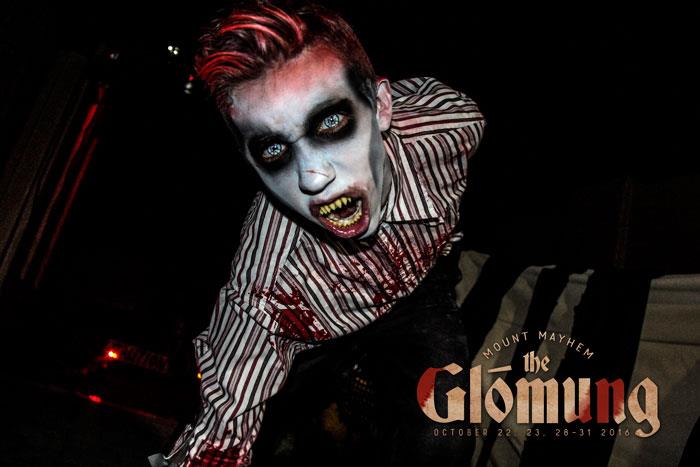
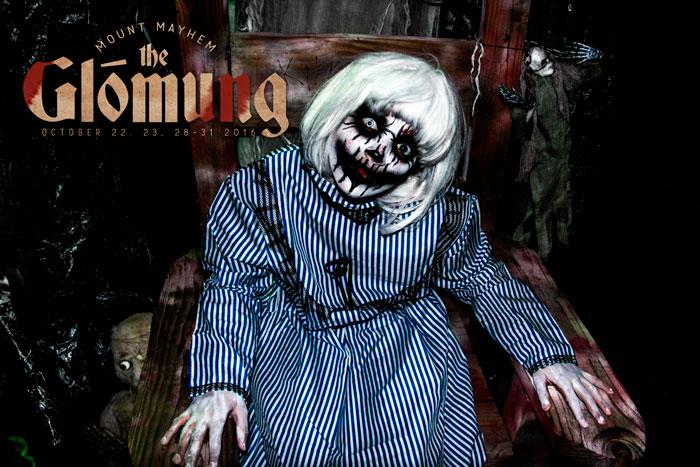

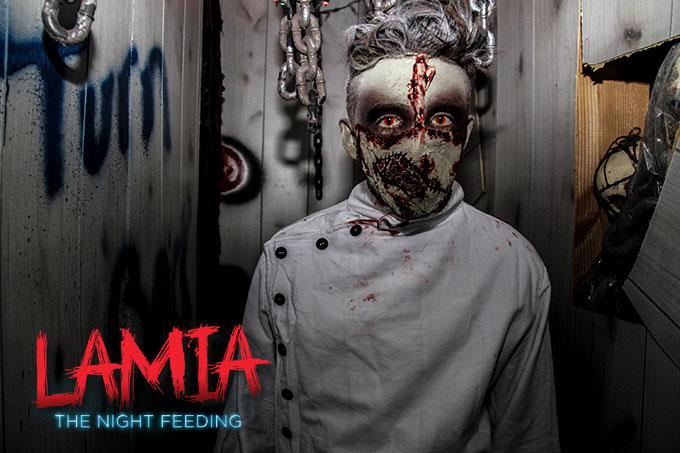
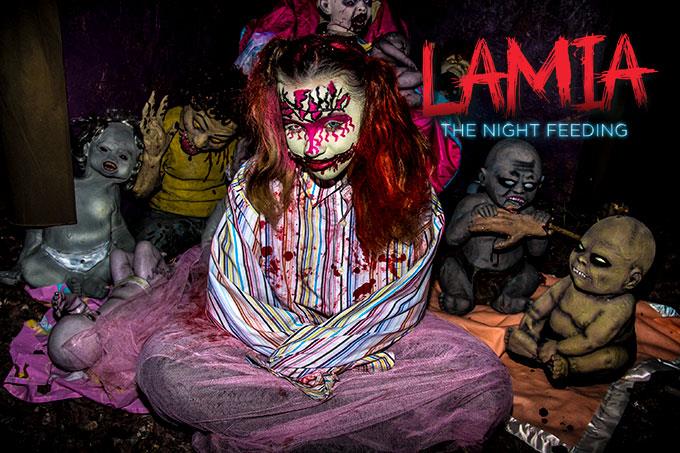
________________
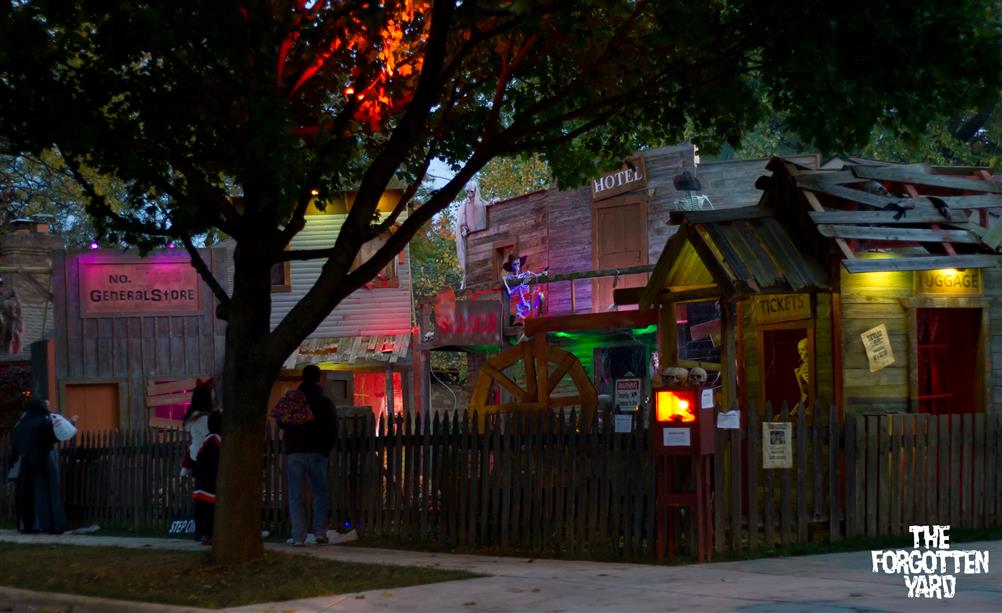
Forgotten Yard Home Haunt 1337 Andrus Avenue, Downers Grove, IL
Home haunt Halloween display with set design style displays. Display includes facades as well as static, pneumatic and motor driven displays. Each year I do a new theme, check us out on youtube: forgotten yard productions. Stop by and let me know what you think! As it gets closer I will have more info and maybe have it done earlier, every home haunter knows things come together late sometimes!
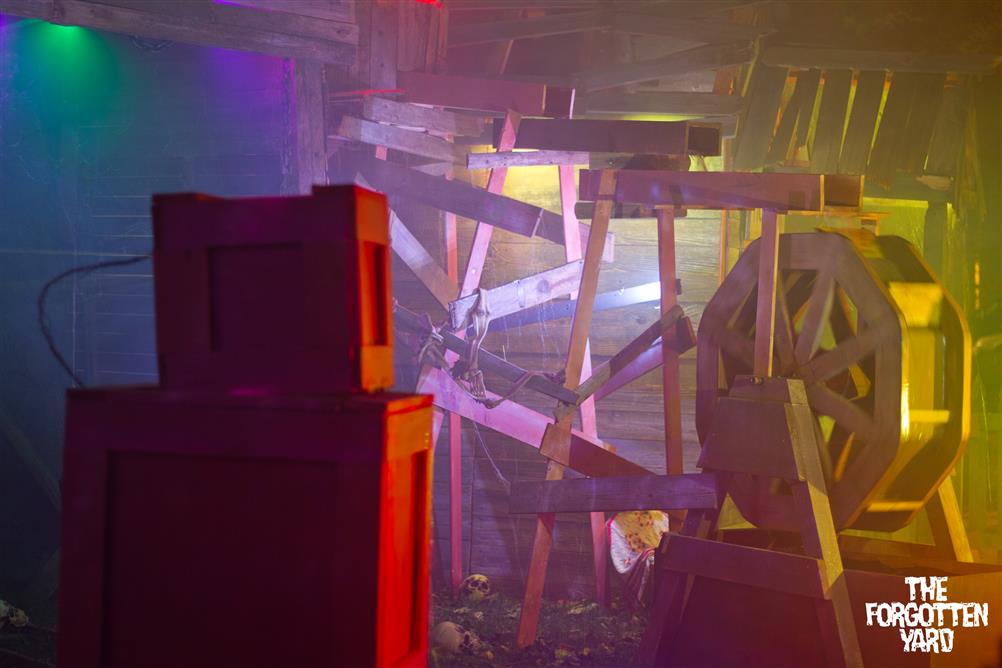
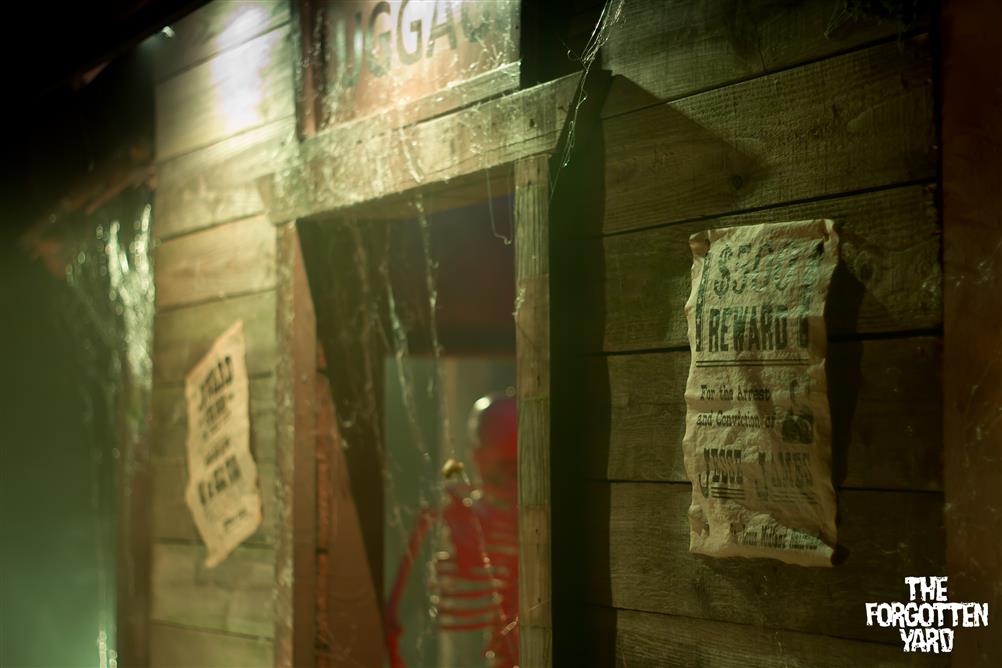
_______________
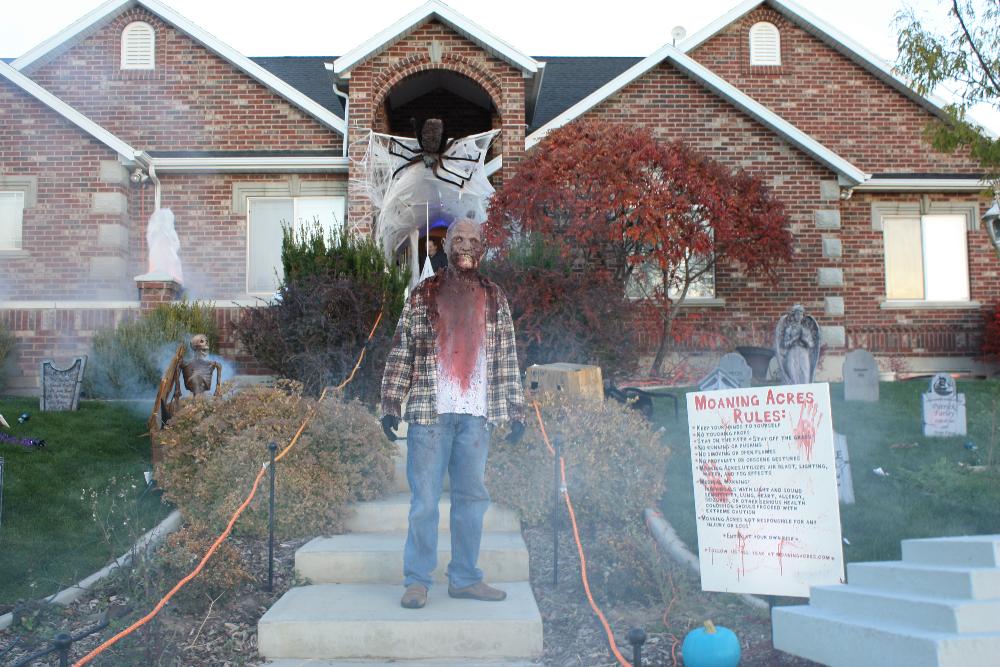
Moaning Acres Haunted Attraction 917 S 100 W, Mona, UT
‘Moaning Acres is a home haunt located in Mona, Utah. We have been scaring people for the last 8 years. Each year brings a new theme and new props. We make most of our props and have started sculpting masks for our monsters this year. We are free to everyone and opened only on Halloween night. Brave trick or treaters who make it all the way to the door are rewarded with candy bars. I hope one day to open my own professional haunt, but in the mean time we continue to hone our craft of scaring the crap out of people.’



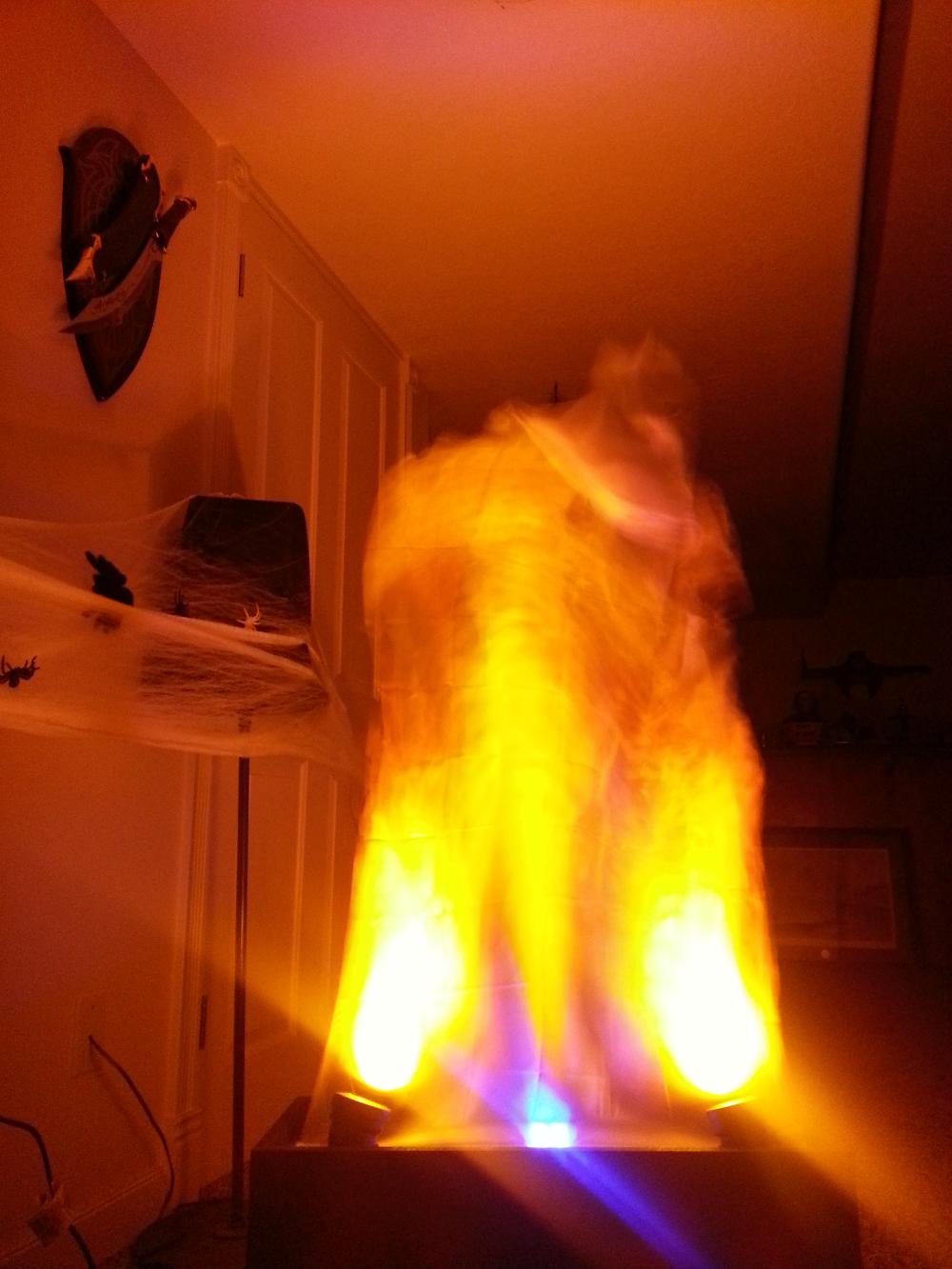
________________
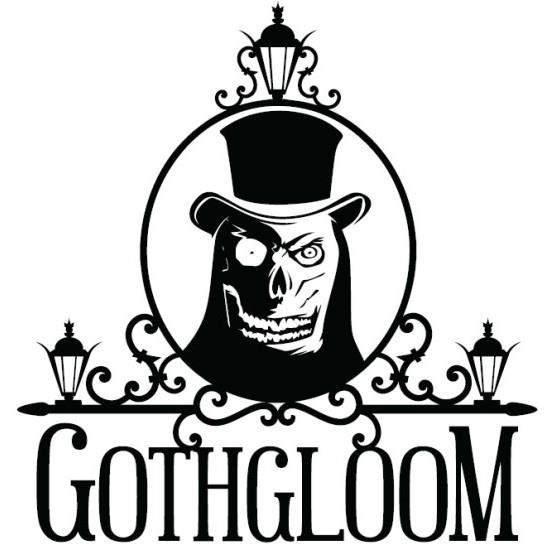
Goth Gloom Spookhouse Elizabeth Anne Ln, Round Rock, TX
‘Goth Gloom Spookhouse ,a Home Haunt walk-through in Round Rock TX where we like to take it to the next level to provide an interactive Haunt experience. We do this for the love of Halloween and to carry on the tradition of Halloween. Our haunt is Free to all and we welcome all ages but we will accept donations to help with the cost to put on the Haunt.’
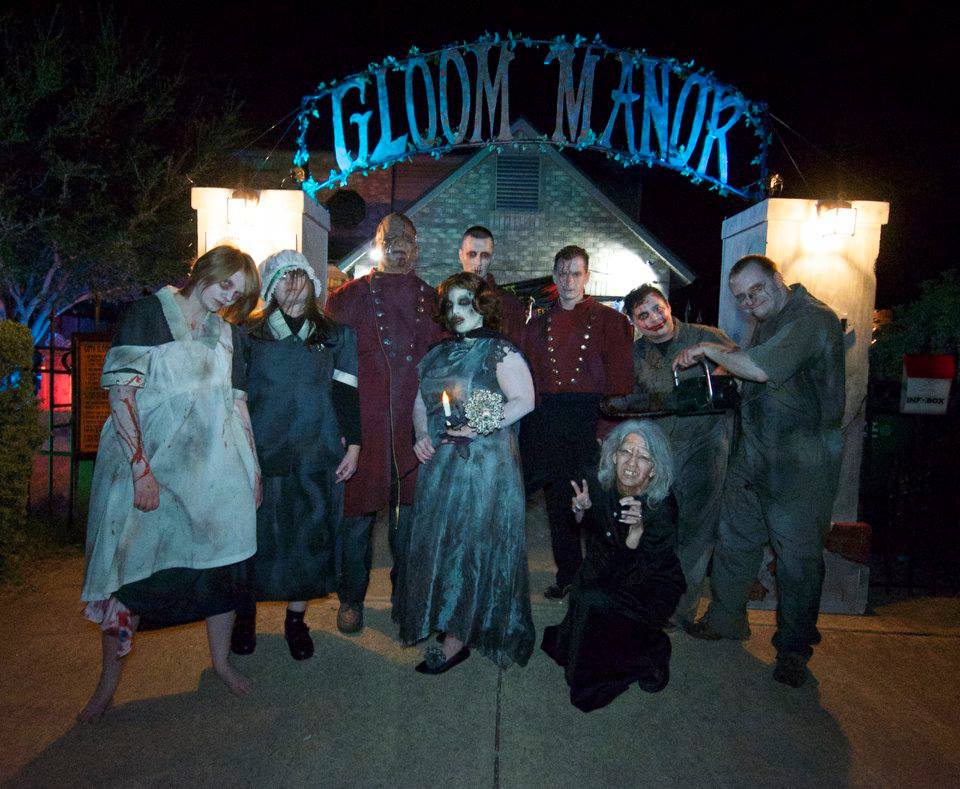
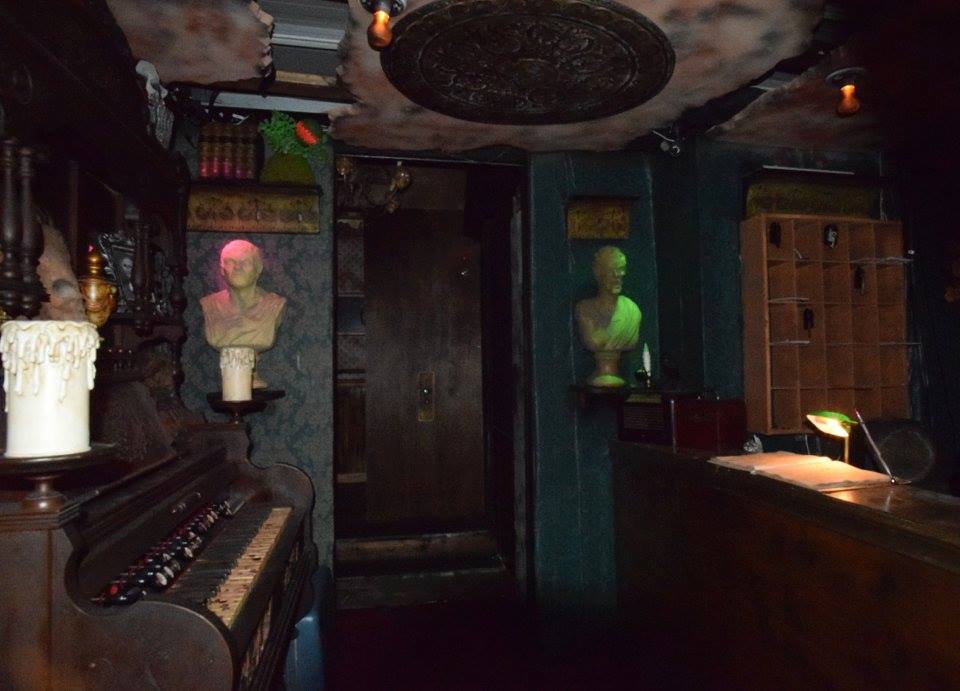
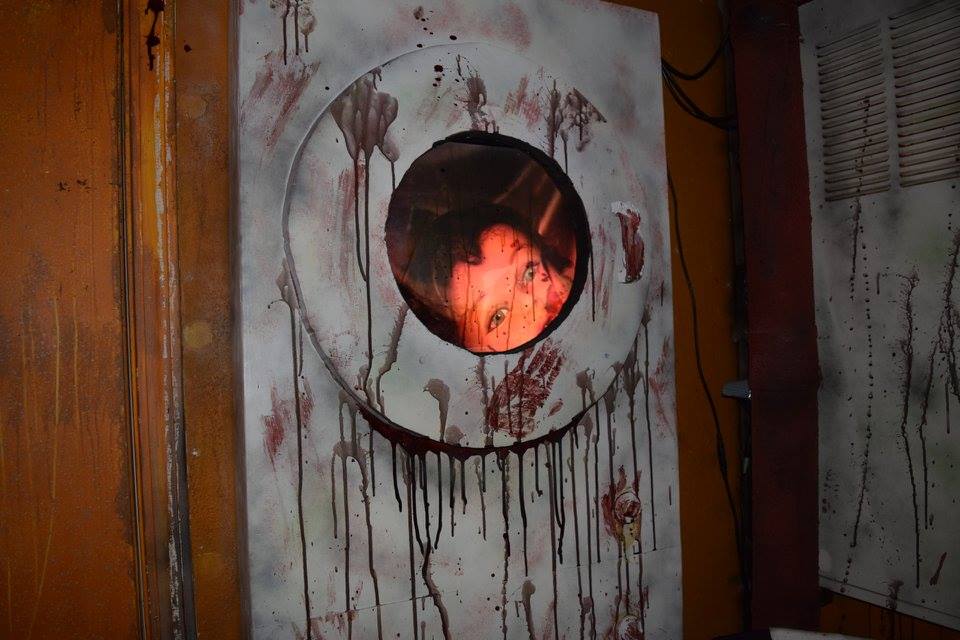
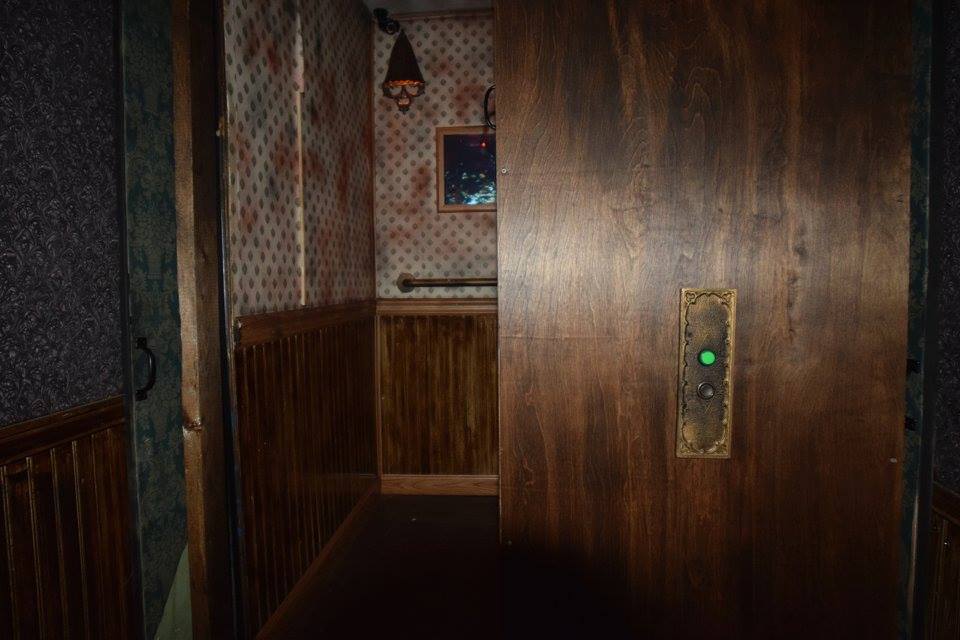
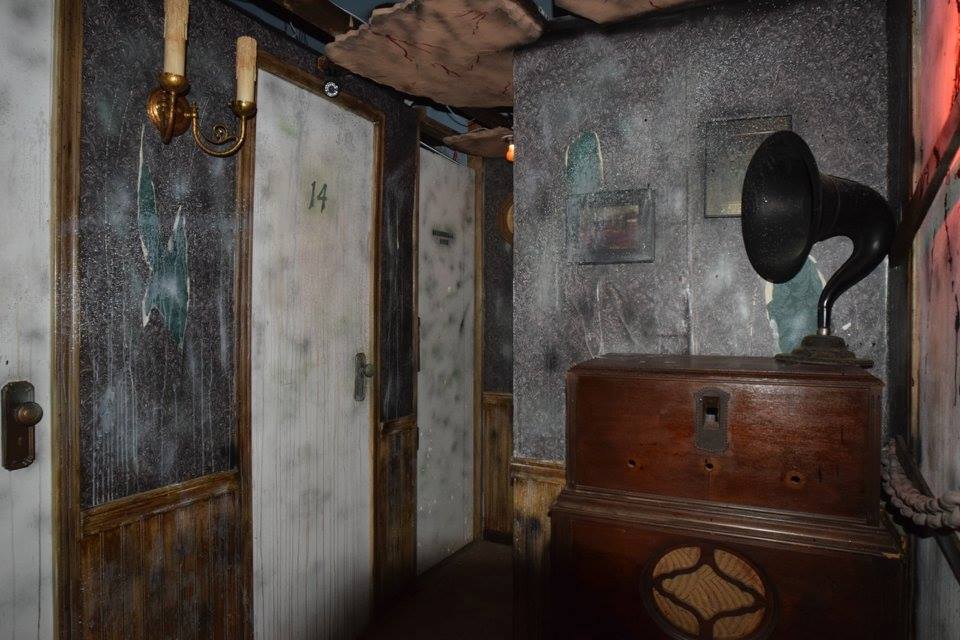

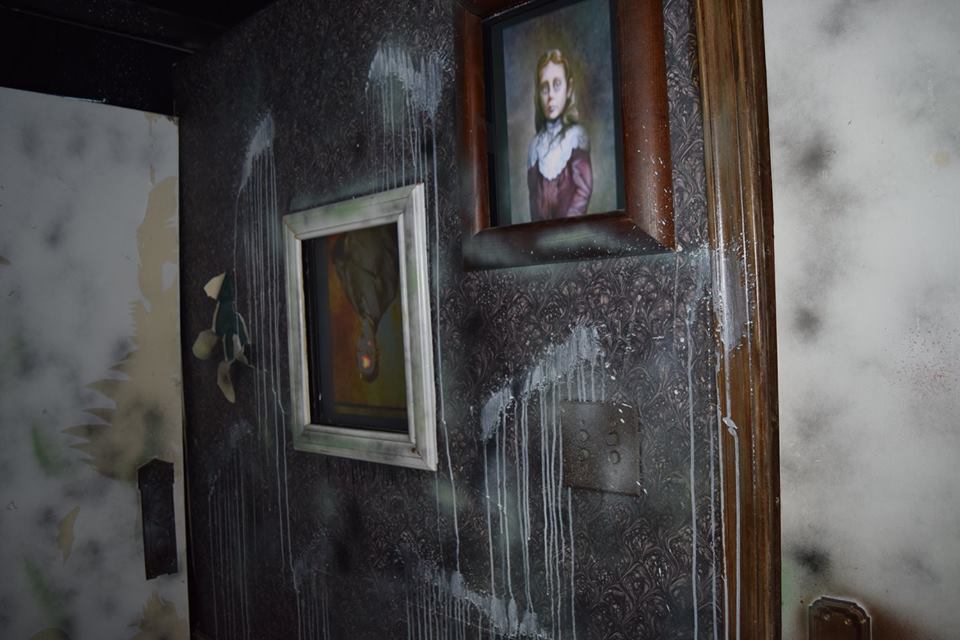

_______________
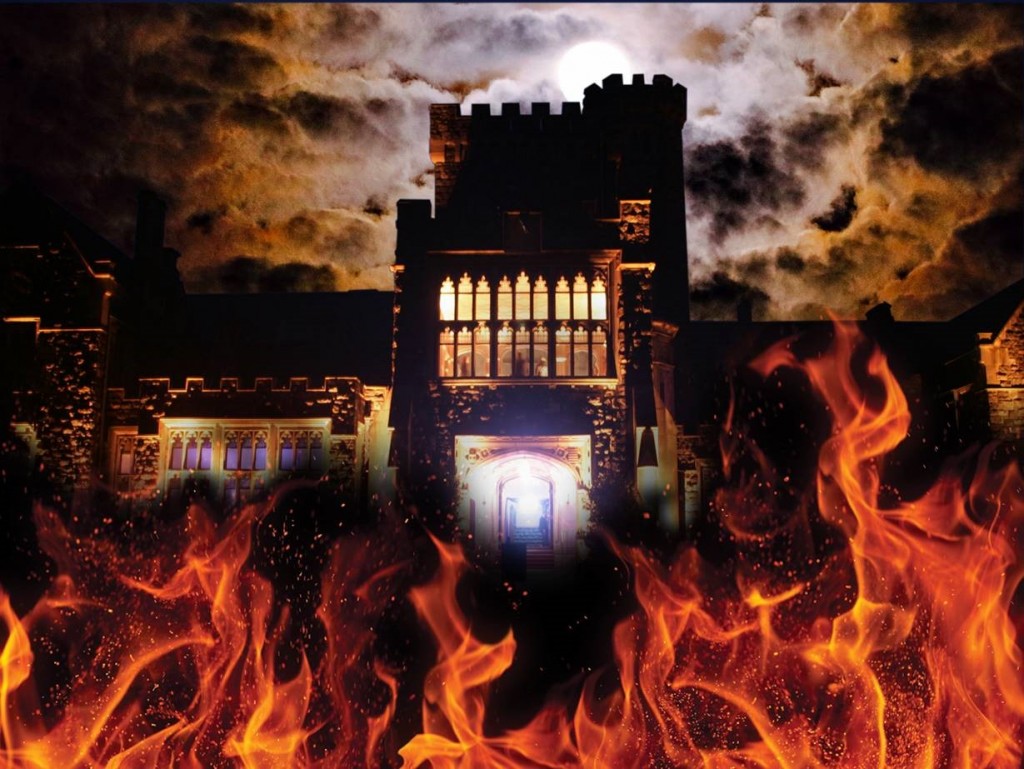
Hempstead House Haunt: Dante’s Inferno 127 Middle Neck Rd., Sands Point, NY
‘Once a year at Halloween, historic Hempstead House is transformed into a massive horror house – the theme for 2017: Danté’s Inferno. The fright-filled mansion spans three floors, including the subterranean dungeon. You’ll see horrific, spine-chilling scenes. Terrifying creatures are lurking everywhere. No one is safe – pray you don’t get lost or captured in the darkness.’
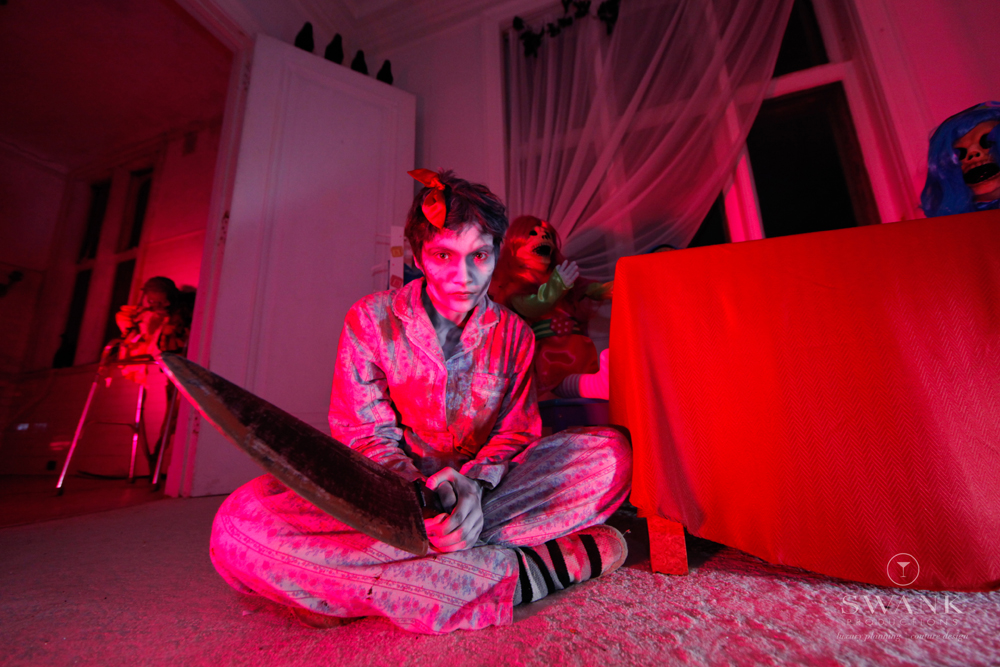
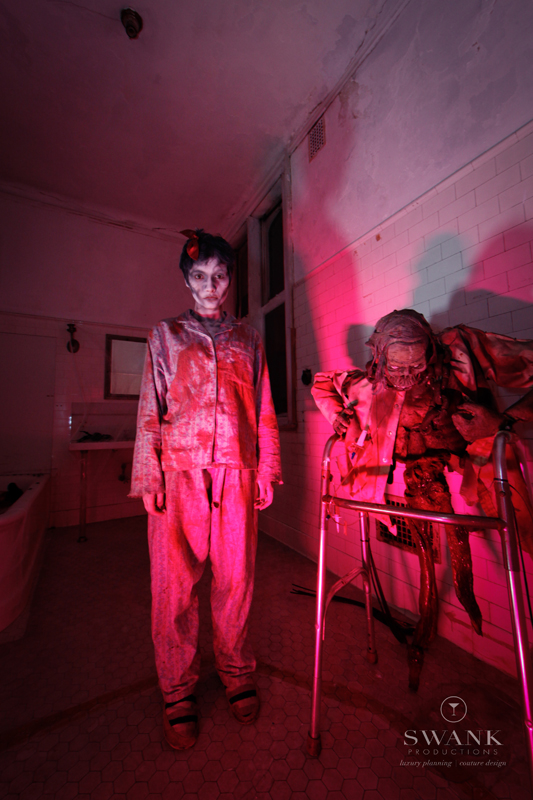
________________
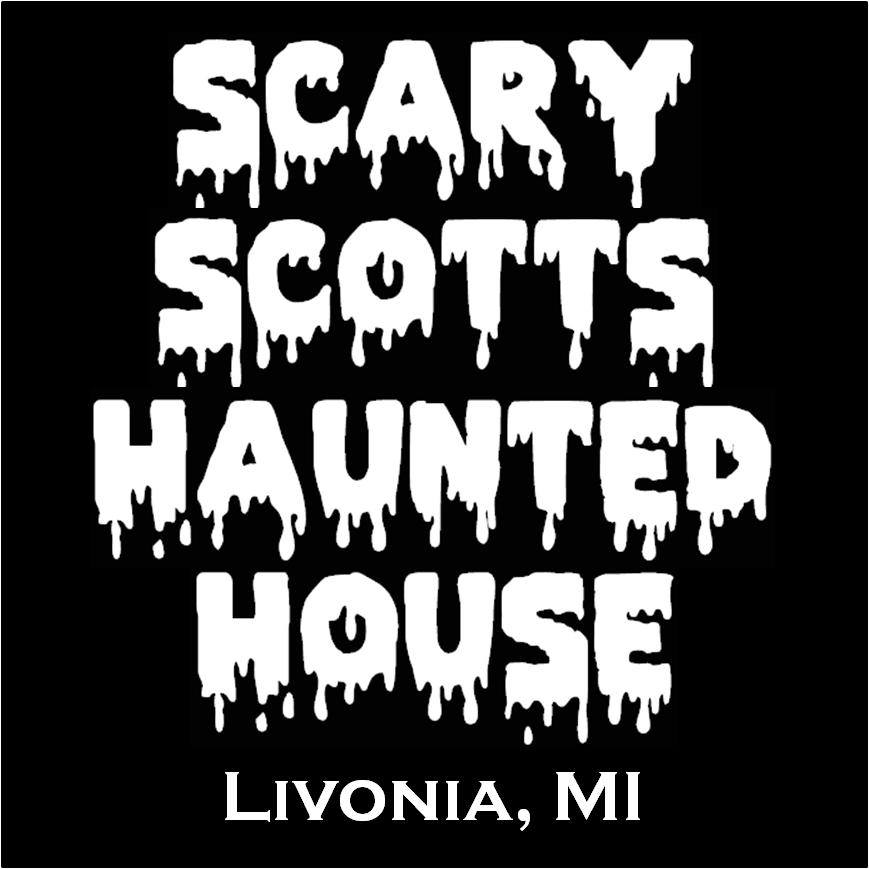
Scary Scott’s Haunted House 34198 Fairfax Ct, Livonia, Michigan, MI 48152
Scary Scott’s Haunted House is a FREE walk-through haunted maze located inside the garage. Yes this is a home haunt but its a pro style haunted house with live actors. WE WILL SCARE YOU!!!
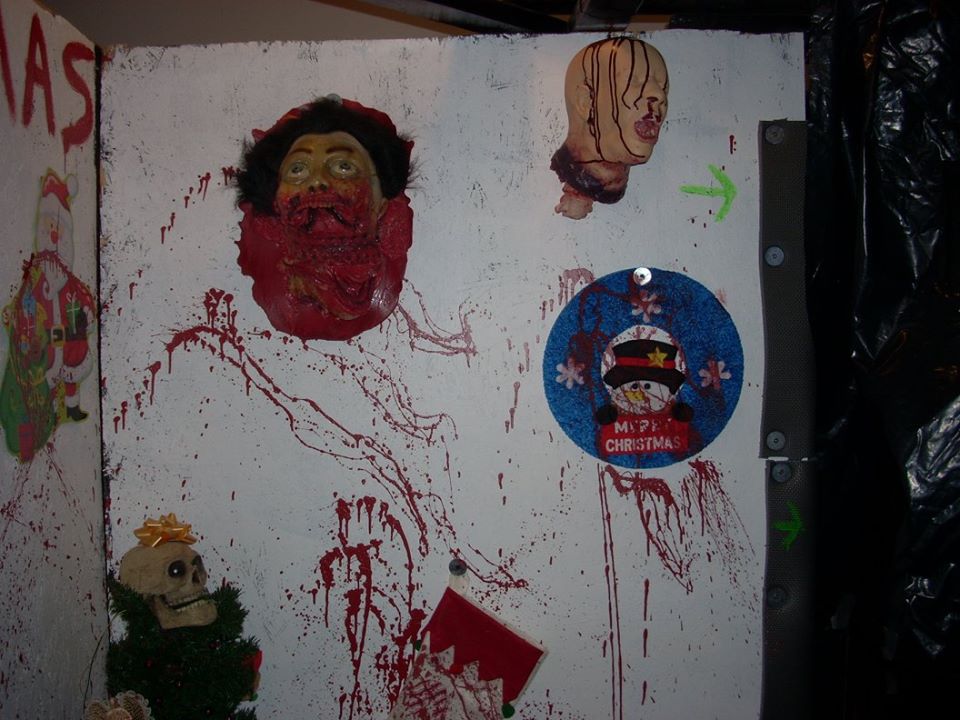
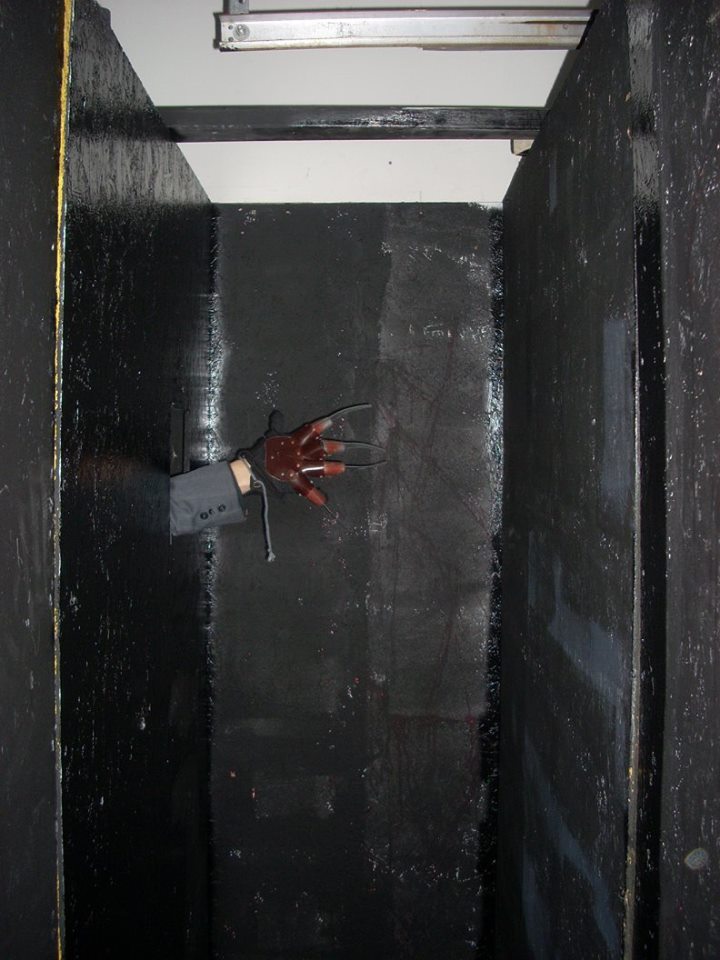


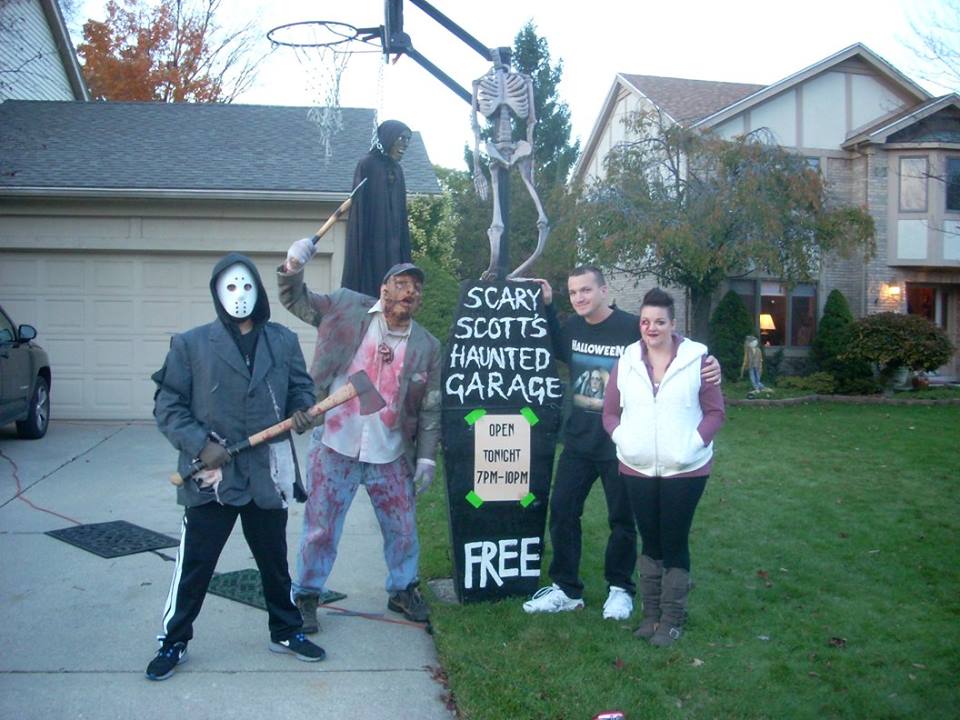
________________
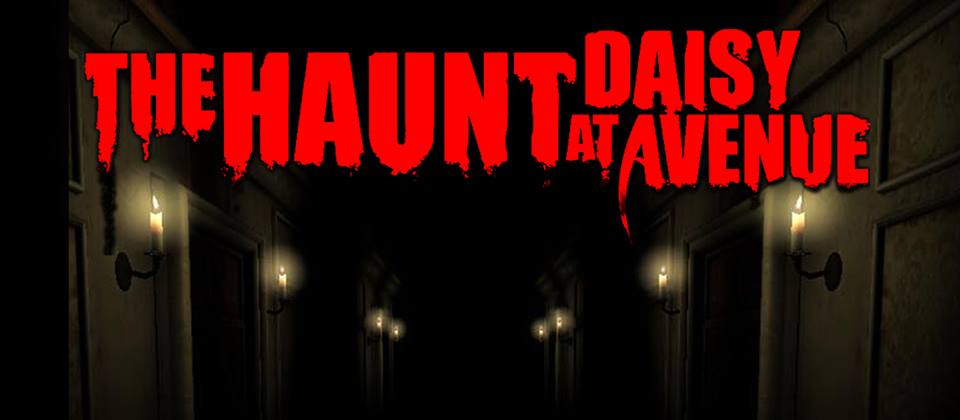
The Haunt at Daisy Avenue 16887 Daisy Avenue, Fountain Valley, CA 92708
‘It has been our absolute pleasure to scare the community with our home haunt for nearly 20 years. What began as a fun side project turned into a labor of love, the time and efforts needed to create our attraction have evolved beyond what our family can handle. As much as it saddens us to say, Halloween 2017 will be the year we say farewell to our haunted house. However, the end of one endeavor sparks life into a new project for us. We are currently working on plans to create a year-round horror themed escape room experience. Although The Haunt at Daisy Avenue is retiring, its spirit will live on through a more interactive and even more terrifying attraction. We are super excited for this opportunity, and will share more details as this new evolution of our haunt becomes closer to a reality.’
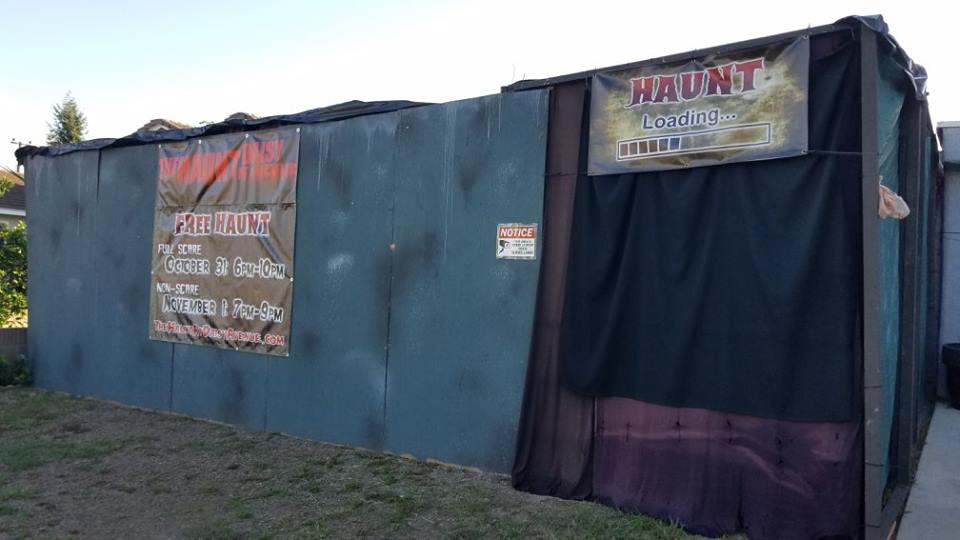
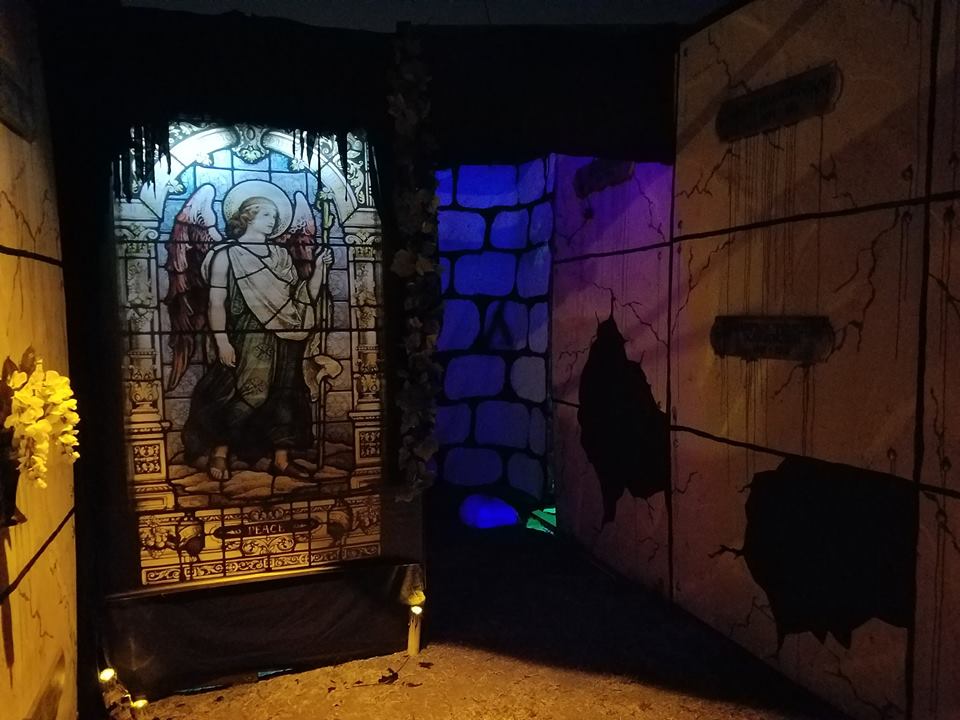


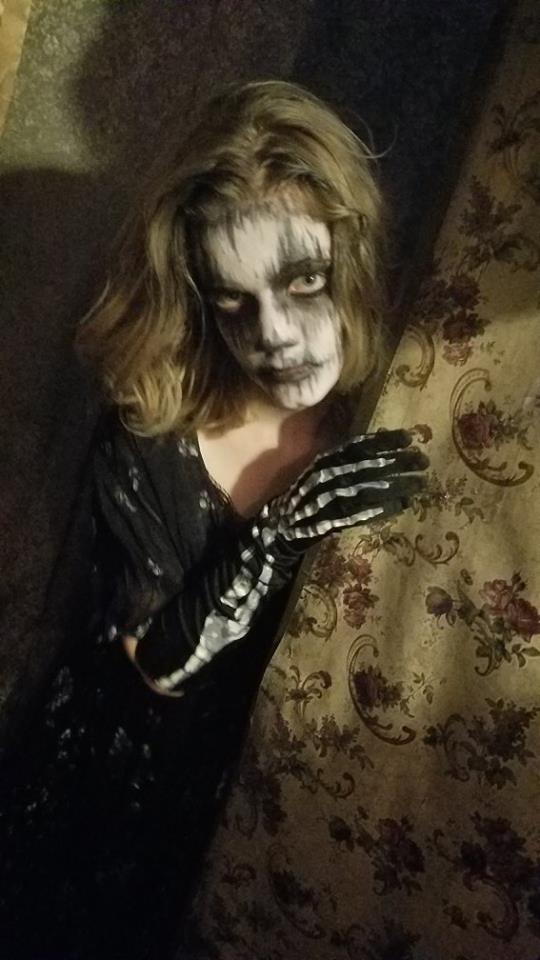
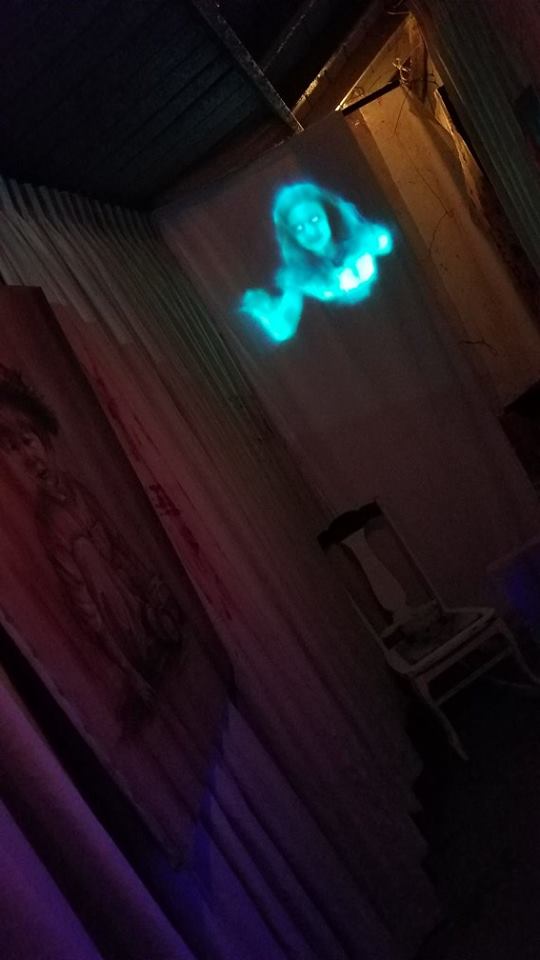
________________

Townhouse of Terror 2455 W. Ohio Street #5W, Chicago, Illinois 60612
‘Townhouse of Terror presents Hospital HELL for the 2017 season, which is a high quality home haunt featuring live actors, custom themed rooms, and professional quality special effects. Our 2017 show will be open for two nights only on Friday October 13th & Saturday October 14th from 7:30 PM – 10:30 PM. Our normal attraction is very scary and not suitable for children under the age of 10, but you can request “easy scare” and we will provide you with a toned down show that is suitable for all ages, so do not hesitate to bring the entire family for some fall fun!’
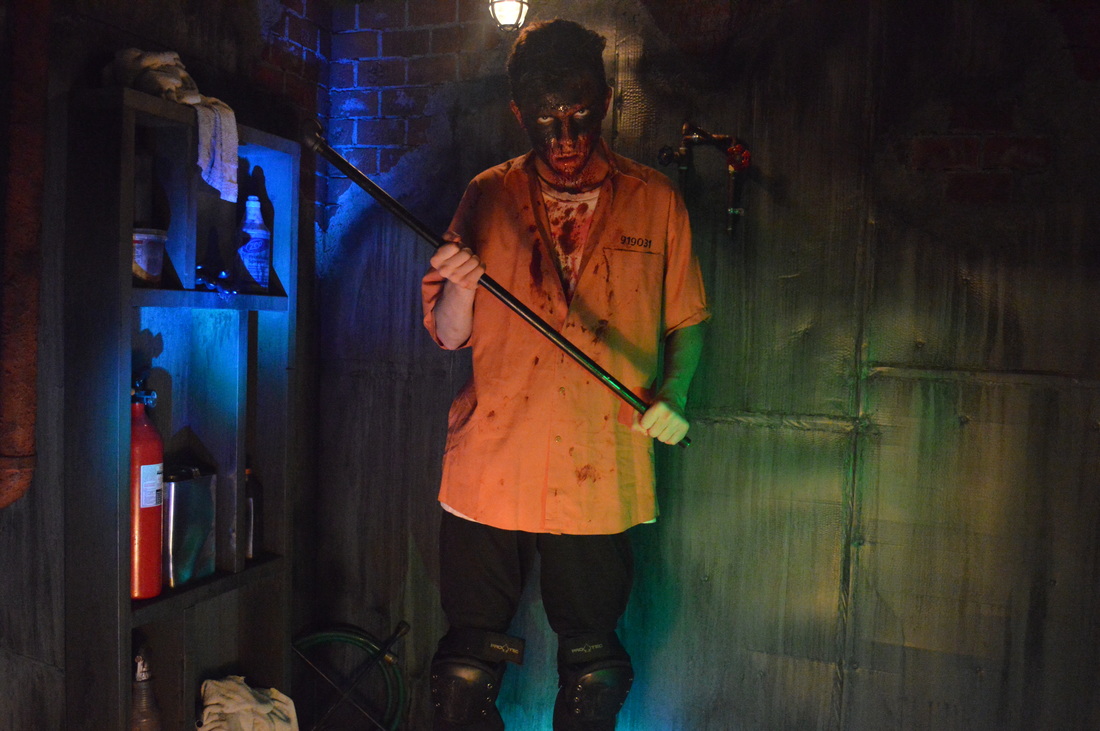
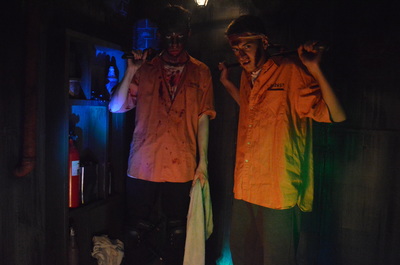

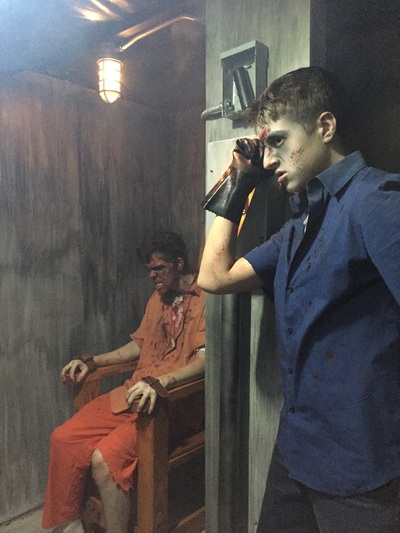
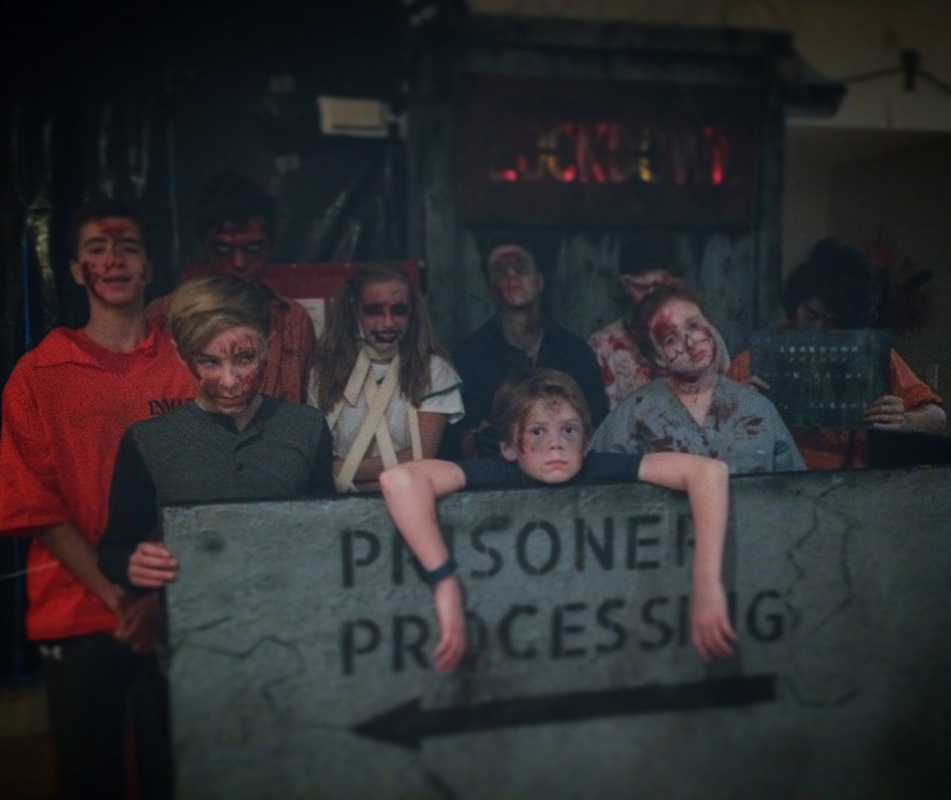
_______________

Realm of Fear 915 Lone Oak Lane, Mooresville, NC
‘Realm Of Fear started out as a simple Halloween display. Our front property was small when we began our journey. The props were a mix of store bought and custom made. Steven, our fearless leader and major Halloween enthusiast, had a plan. As Halloweens passed our display grew. It included more props custom built by Steven. They included props that moved, smoked and scared the pants off of you. Slowly but surely this became a family endeavor. I became a living prop in our cemetery scene. And our girls became model for future props and actors in our home haunt. Our house was not just a trick or treat house anymore. It became a home walk thru display for those who dared walk the drive. We made sure to keep a candy bowl at the end of the drive for the young ones and the scared.’

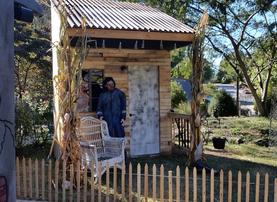

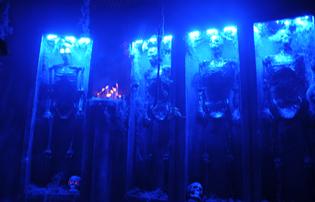

__________________
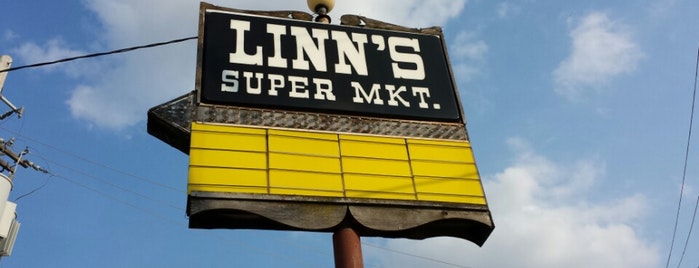
Linn’s Supermarket Haunted House 3805 6th Ave, Des Moines, IA 50313
‘Since 1984, Linn’s Super Market Haunted House has been providing the “Scariest Night Ever” to visitors from all over the Midwest. From the moment you crawl in to the pitch black tunnel and descend into the basement, you know you are in for an experience unlike any other haunted attraction around. Walk and crawl through dozens of scenes and encounter dozens of invisible (until they want you to see them) monsters. Walk through swampy passages and even a room of killer bees. From clowns to wild animals, if it’s surprising, it’s probably somewhere inside this very long haunted house. Linn’s Haunted House relies on suspense and startles rather than blood and gore, making it the most unique classic haunted houses around.’

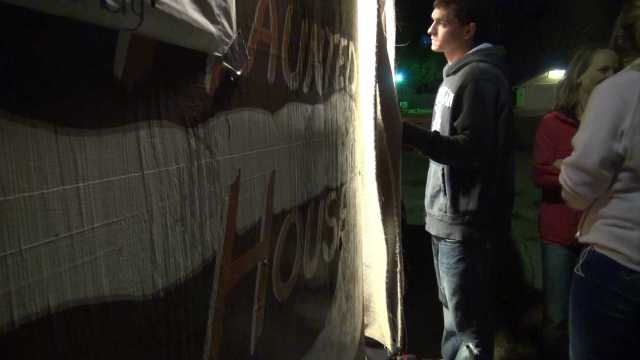
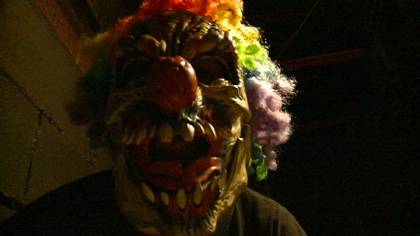


________________

Jim-Bob’s Garage of Death 87 1/4 Third Avenue, Bangor, Maine
‘I’ve been making haunted houses in my family garage since 2012 when I was 9 years-old. They’ve gotten really popular now and I’m happy. I want to make them scarier and scarier. Last year two people freaked out and had to be escorted from the garage! It was awesome!’


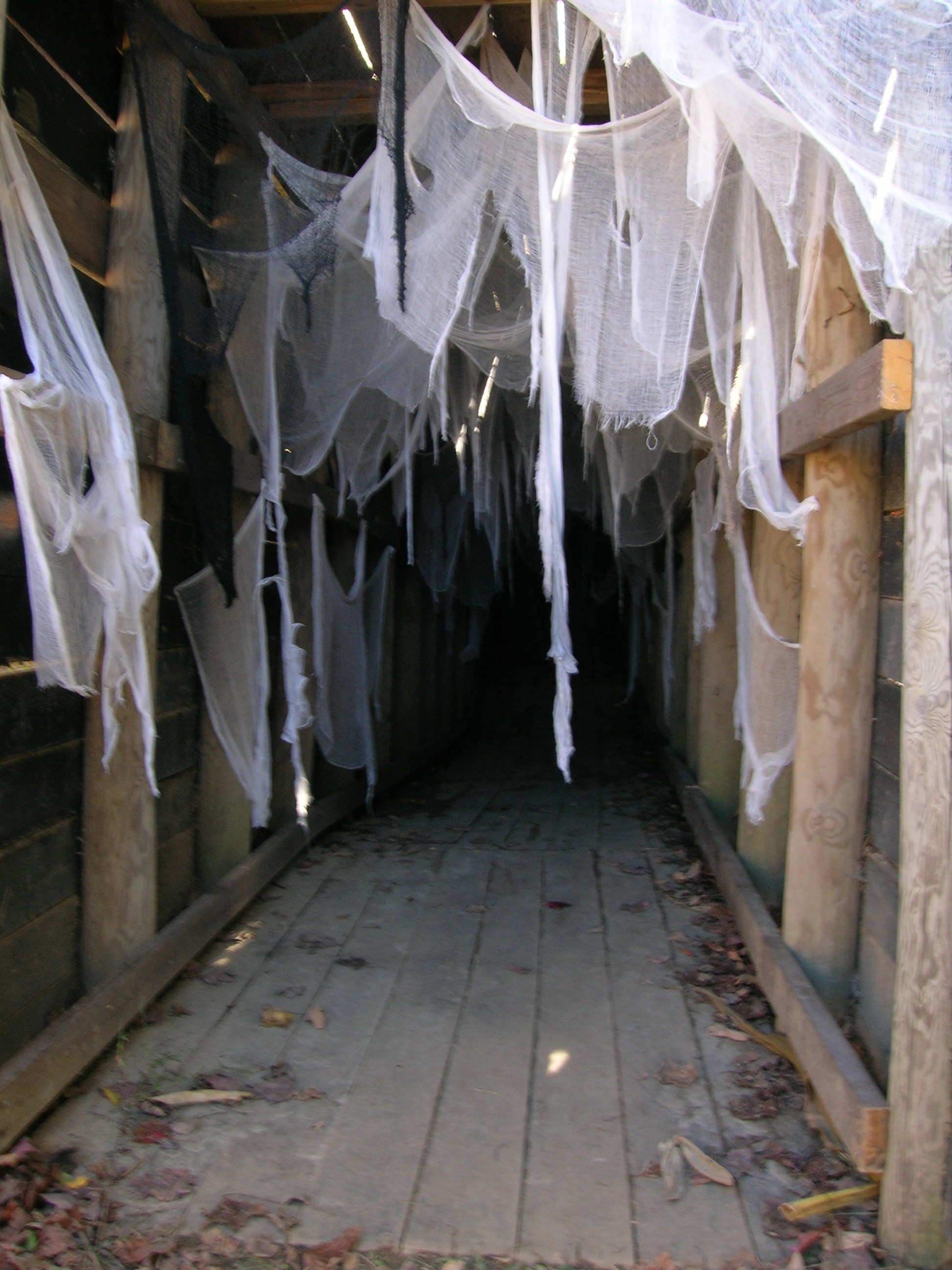
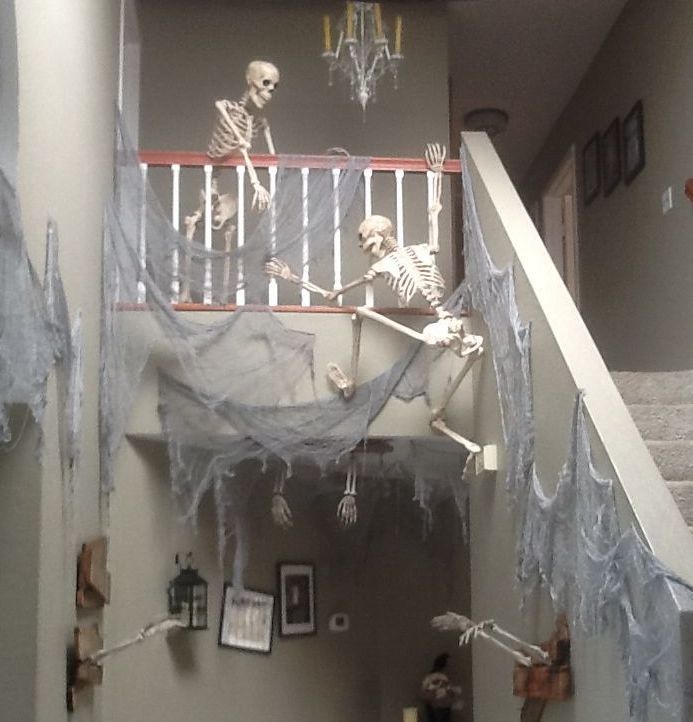

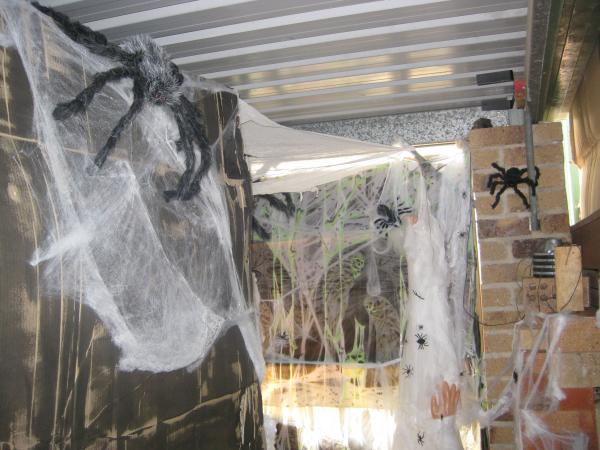
_______________
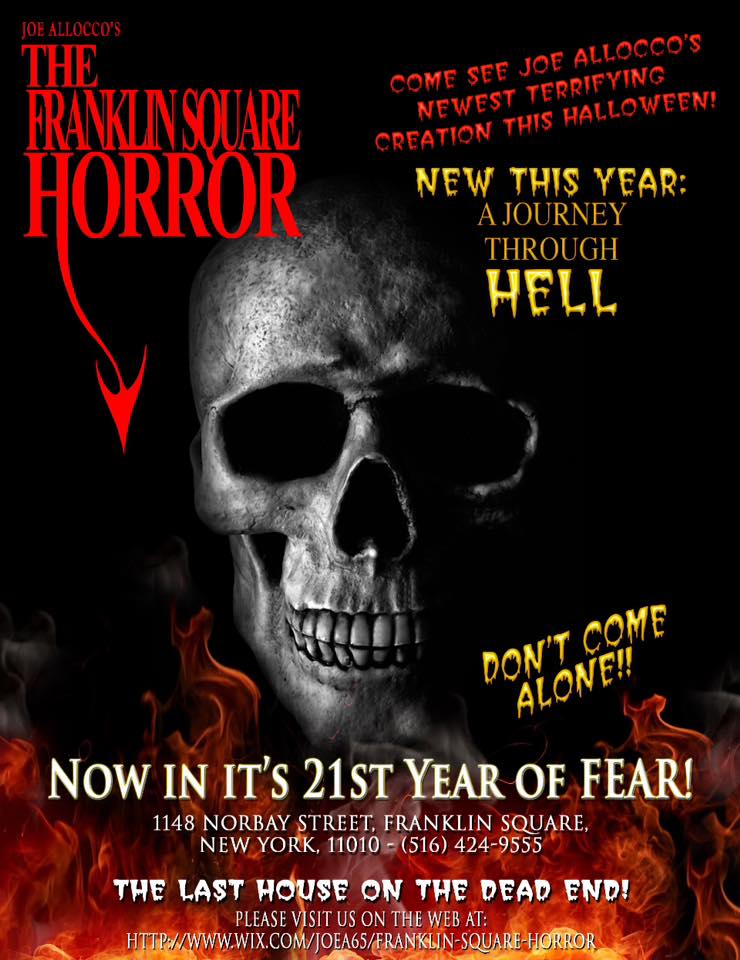
Joe Allocco’s The Franklin Square Horror 1148 Norbay St, Franklin Square, New York, NY 11010
‘If Halloween is your favorite time of year, then this is one haunted house you don’t want to leave out of your fright-seeking itinerary! For the third consecutive year, Joe Allocco’s Franklin Square Horror proved it’s the top haunted house on the Island, thanks to its creativity and ability to find new ways to incite fright into even the bravest of souls. Allocco turned up the fright last Halloween by introducing the so-called House of VooDoo, which included a mix of new heart-stopping props and old favorites. You can always count on Franklin Square Horror to showcase human flesh-loving zombies, disfigured psychopaths and deranged killers! Proceed with caution!’

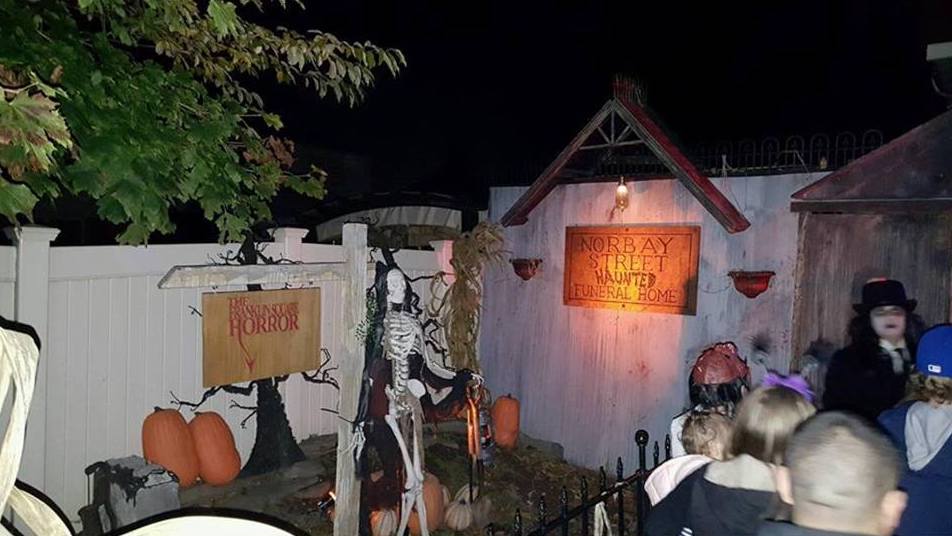



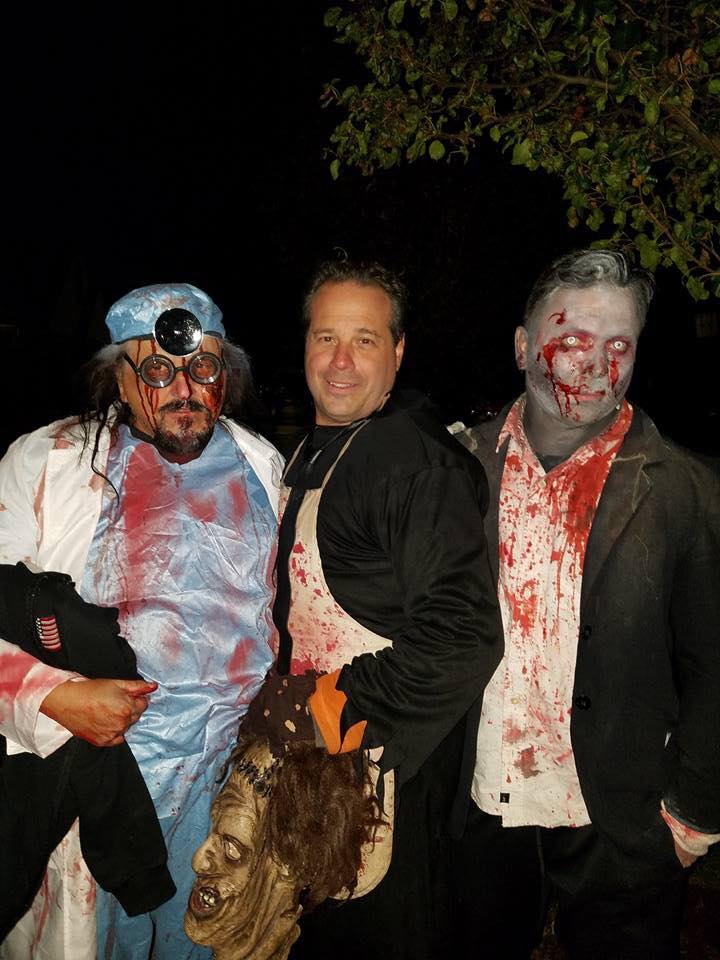
_______________

Condemned Valley Haunted House 1018 Moravia St, Bethlehem, PA
‘We are a home haunt located in Bethlehem, PA. Guests who come through say: “This place is better than some professional haunts I’ve been to”. We run one night each year in October. If you want a high quality scare come to Condemned Valley. Each year we get bigger and better. We design and build Condemned Valley all year long to make it one of a kind haunt. The amount of detail and special effects is incredible! This year will be our most intense year yet.’



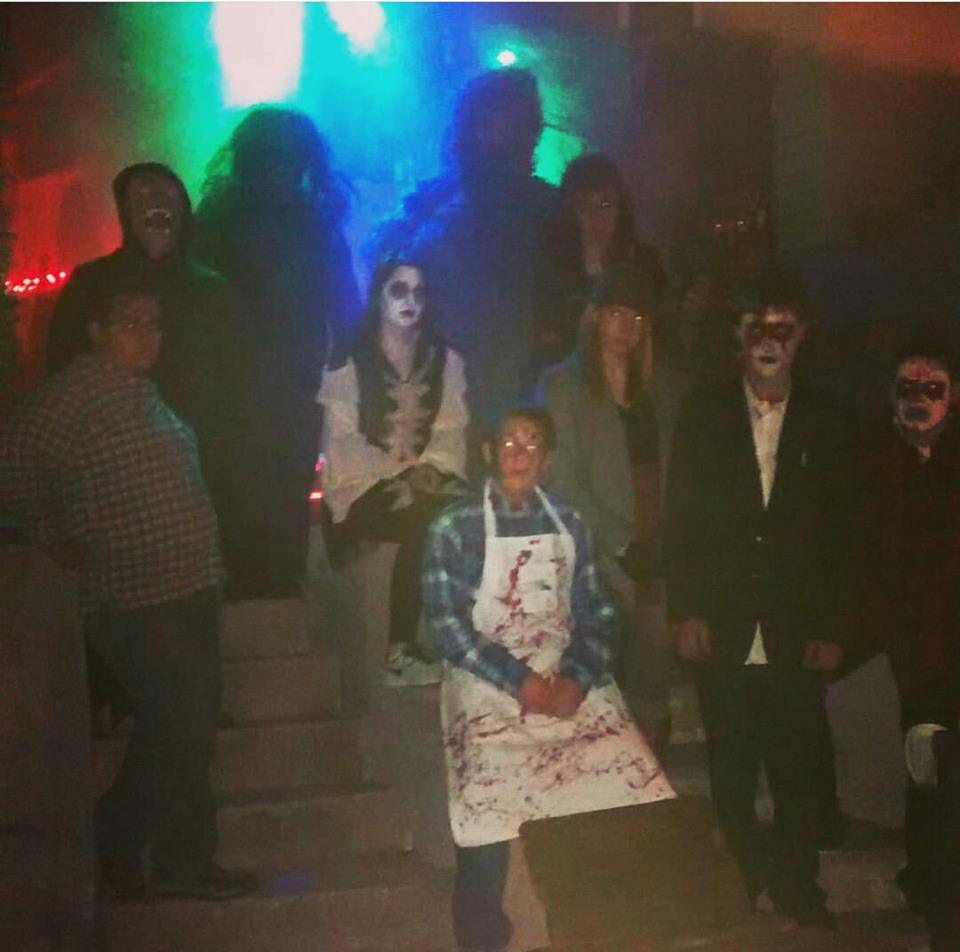
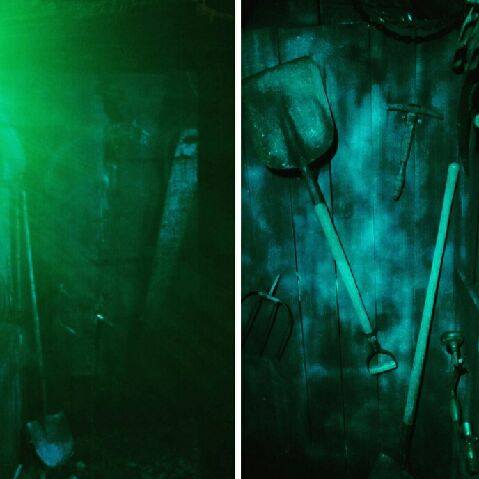

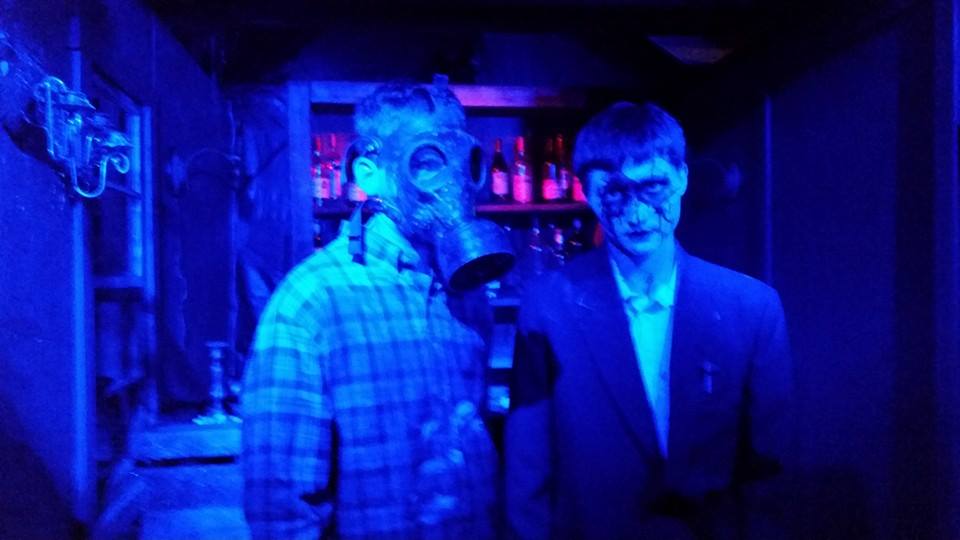
_______________

Haunt on Williams Street 585 Williams St., Conneaut OH, 44030
‘Every October for the past 27 years, thousands of people have come to enjoy the frightening family fun at the Haunt on Williams Street. There are dozens of unique scenes that you won’t find anywhere else! Journey through the eerie graveyard, or see the marriage of the “happy couple” (not exactly a match made in heaven!). View your true inner beauty our Magic Mirror. Listen to the horrifying tales told by our Casket Vampire. Don’t be afraid to come down and see what’s lurking in the shadows. We’ve added a lot of new animations and special effects for your viewing pleasure.’

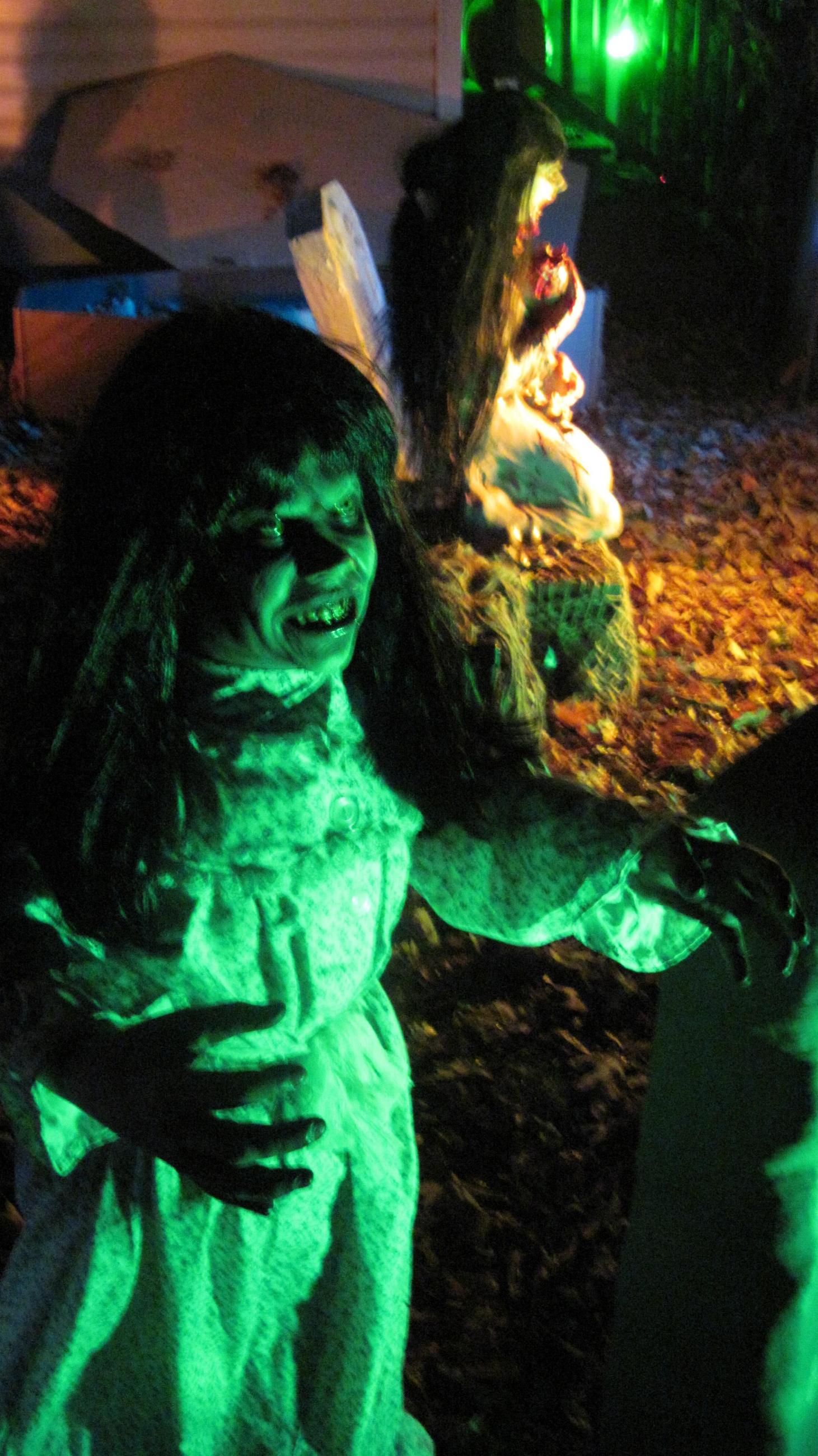




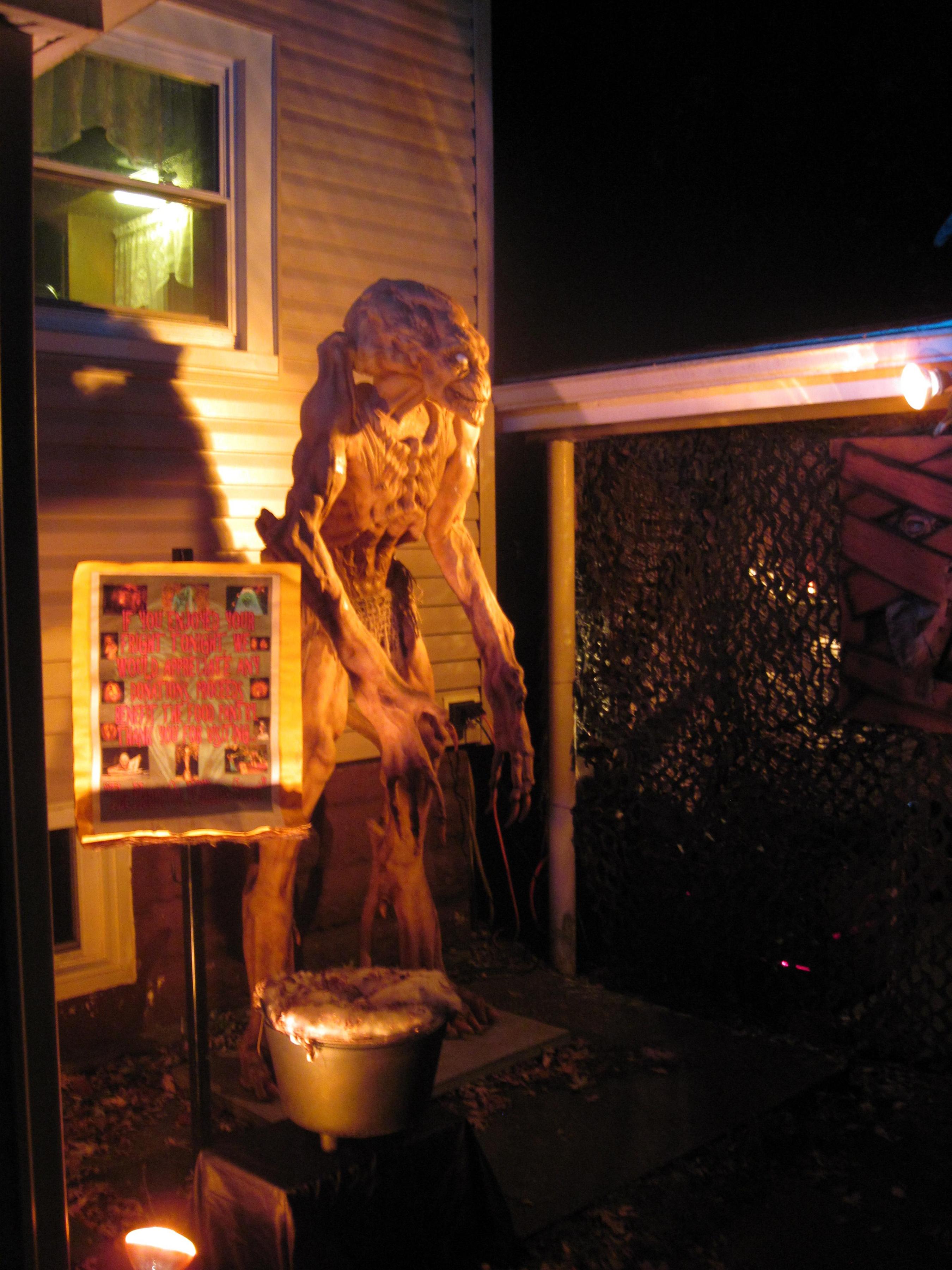
________________
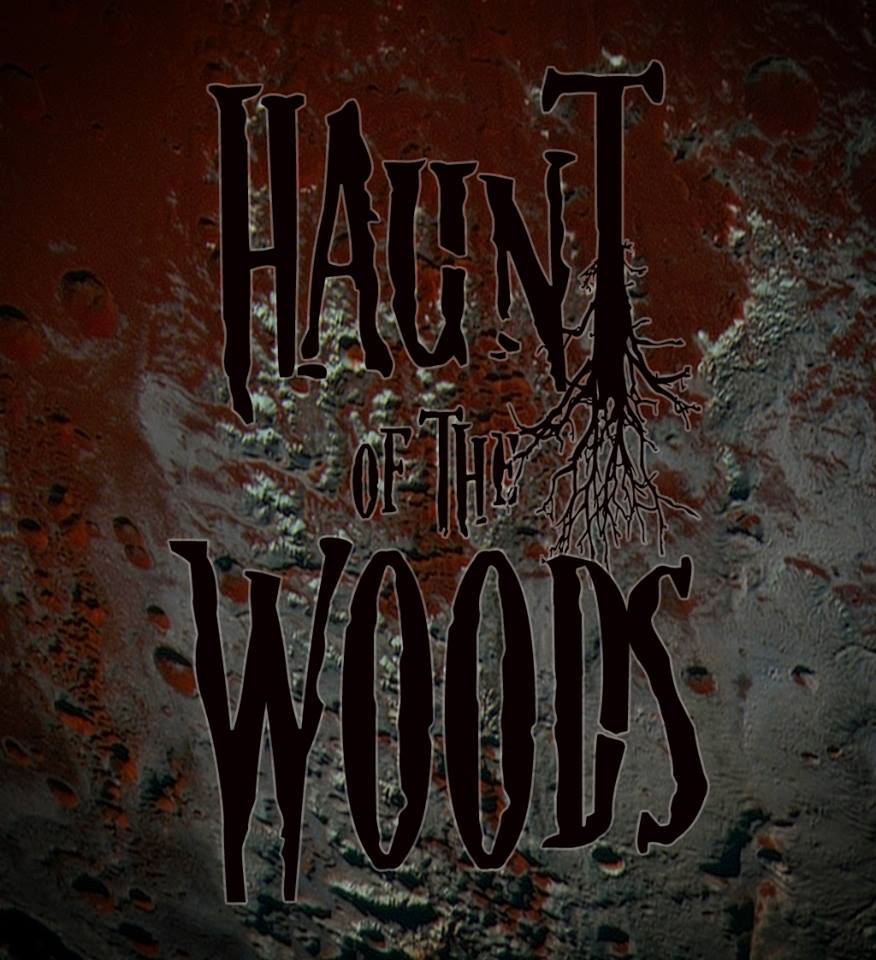
Haunt of the Woods Zoar Road at Constitution Highway, Locust Grove, VA
‘Come Join us for a Scary Good Time at the “Asylum” The Haunt is free to enter. We are accepting non-perishable food items for local food bank. In addition we will have a donation box for monetary donations to help with the cost of the free haunt for the community.’


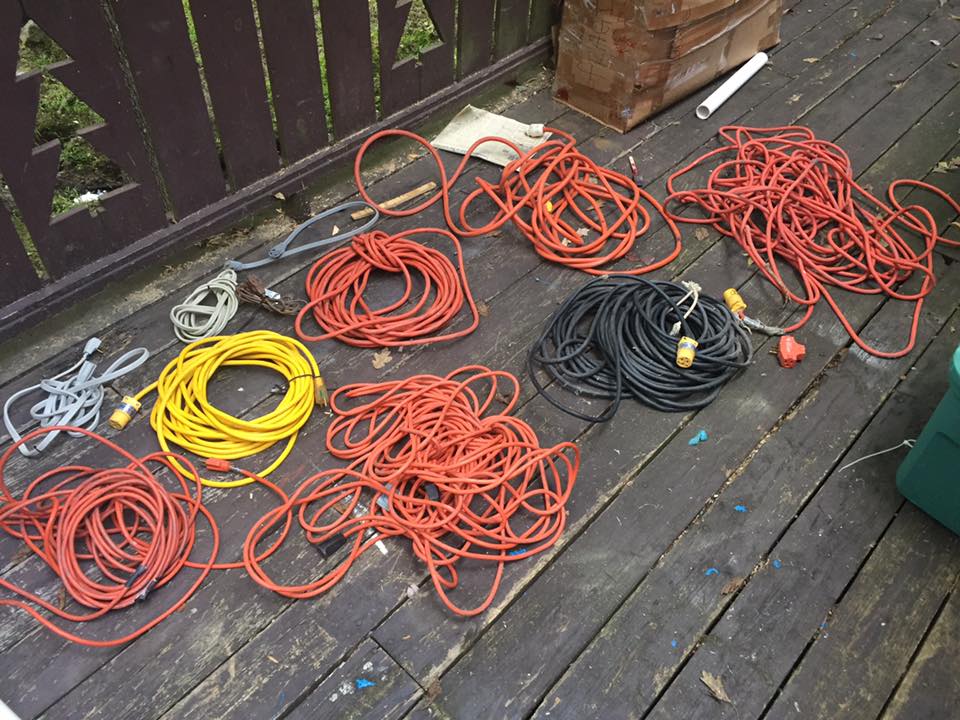

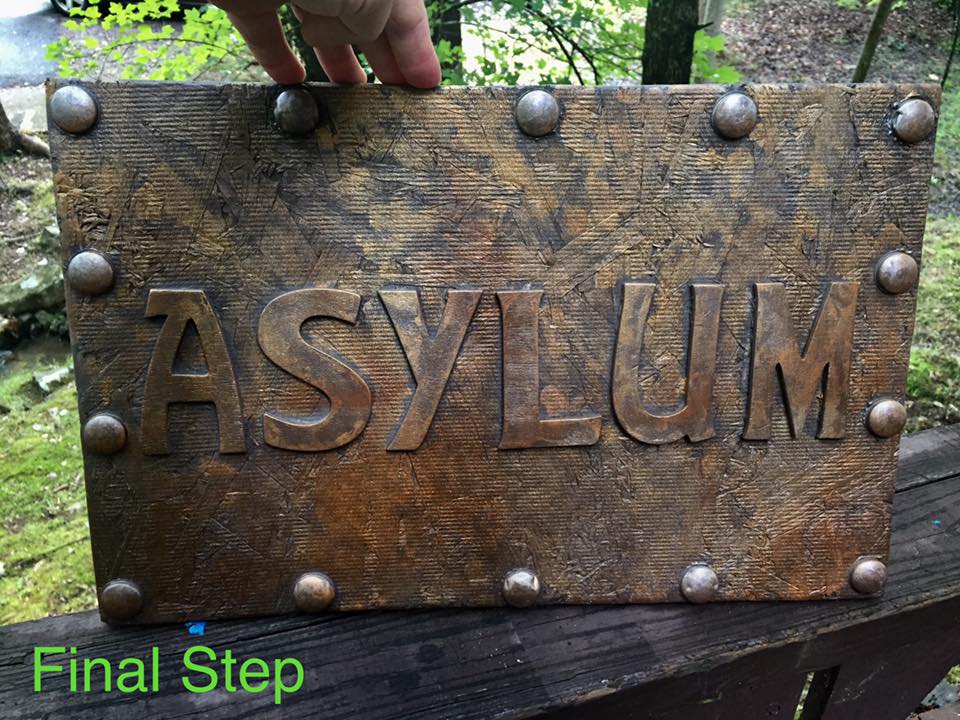
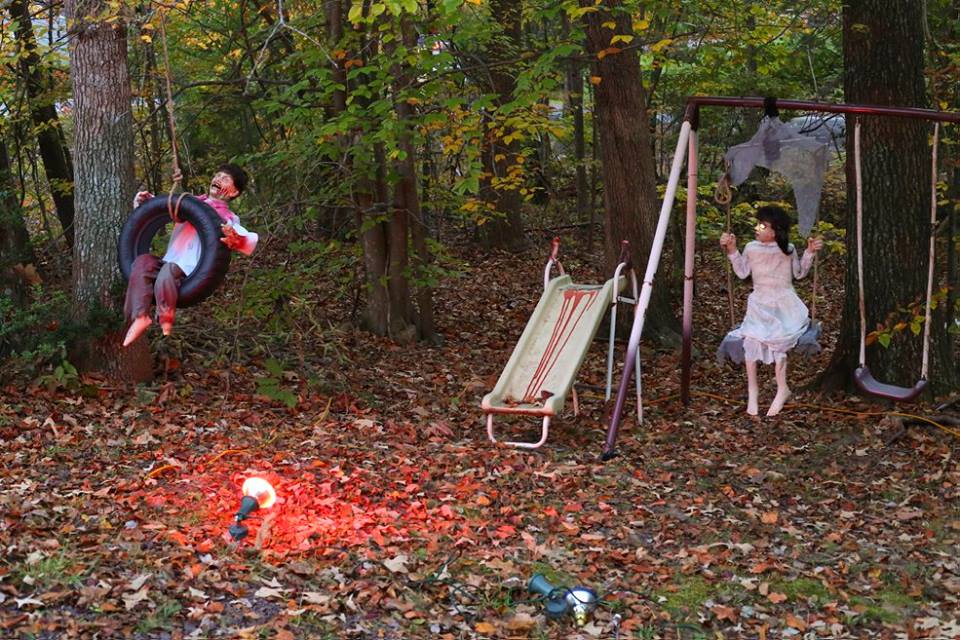

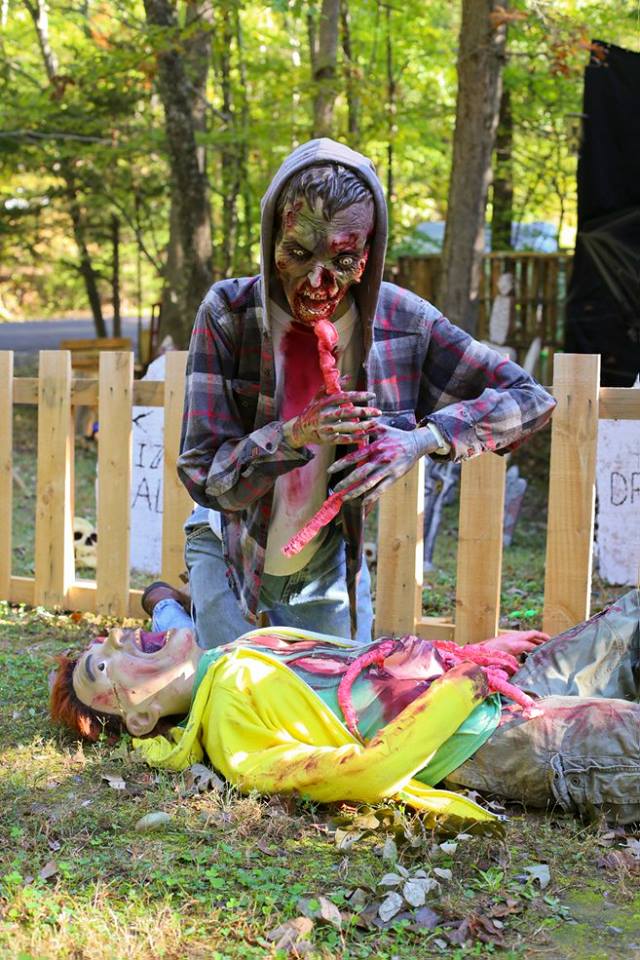
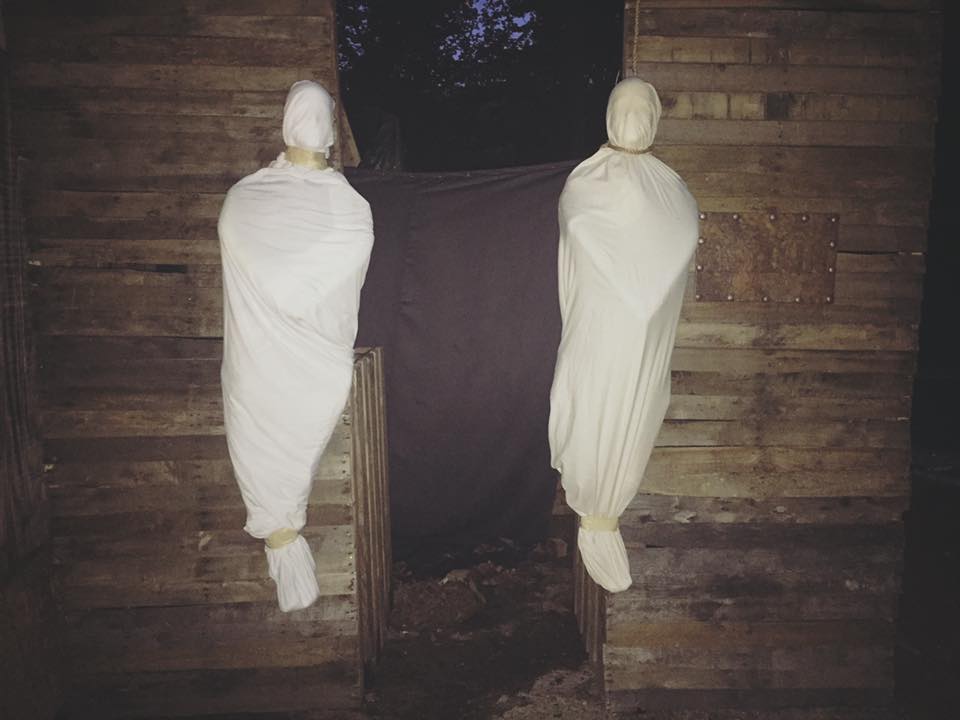

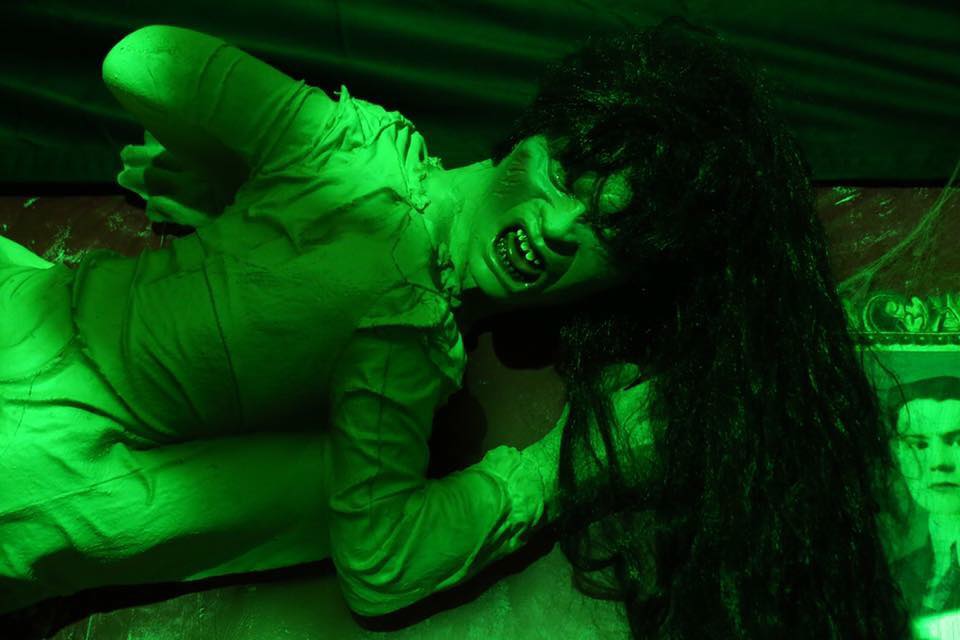
________________

Aftermath Haunted House 575 Ash St, Canon City, Colorado, CO 81212
‘We were given a glow stick, making us a beacon in the darkness, and sent off into the woods. There were some scarecrows, which I fully expected to move, but they didn’t. That had me all kinds of anxious as we walked further into the darkness and the first actor, who came out of nowhere, got me really good. They used the woods really well to hide, and we were a bundle of nerves by the time we even got to the house. It didn’t help that they had a really disturbing prop scare right before we went in. The house itself would be creepy if it was completely empty, but it wasn’t, of course. For all that the building didn’t look that big it seemed a lot larger once we were inside. We climbed up into a tunnel and crawled over some hot coals and I loved that it actually felt warmer in there. It really helped the effect. While mazes are not normally my thing, they have a maze built into that house. It was dark and claustrophobic, and full of interesting elements. There were two different sections and actors screwing with the path we took. However, they also made sure that we made it out at the end, which I appreciated. There’s a point where mazes loose the creepiness and just become annoying, but not this one. The basement was another area where we were looped around and misdirected, and the sets down there were just great. The actors were super intense. They didn’t have ton of lines, except perhaps the clowns, but even then no so much. There were, however, a lot of them. Most of the parts with actors I felt really overwhelmed which was incredibly uncomfortable. They were all saying really crazy things and their acting was fantastic, and we were surrounded.’
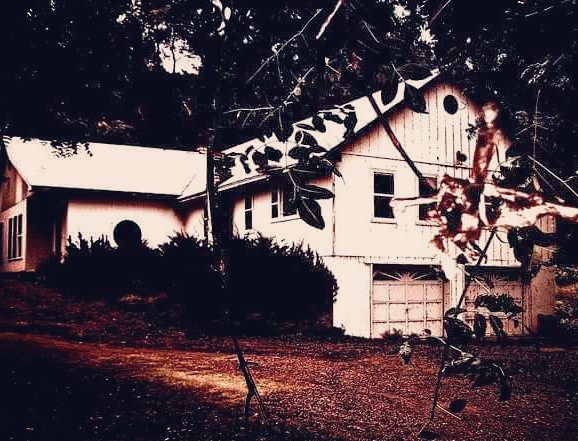
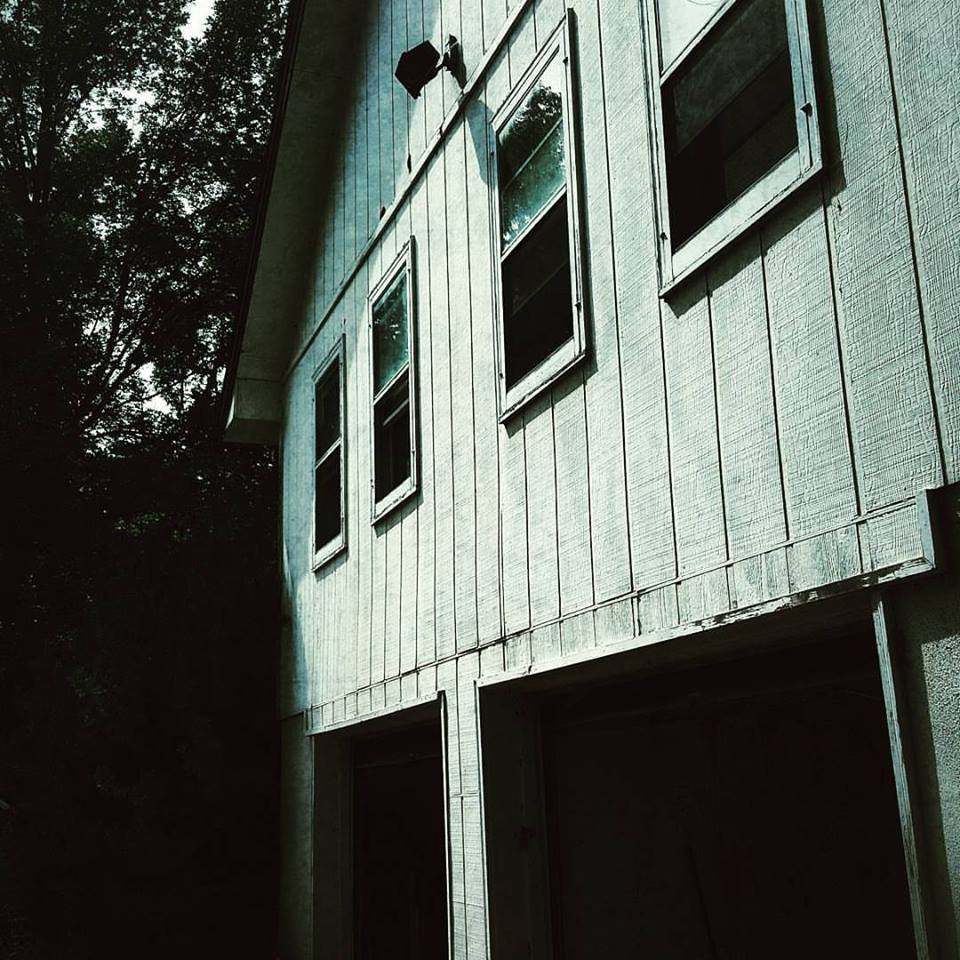



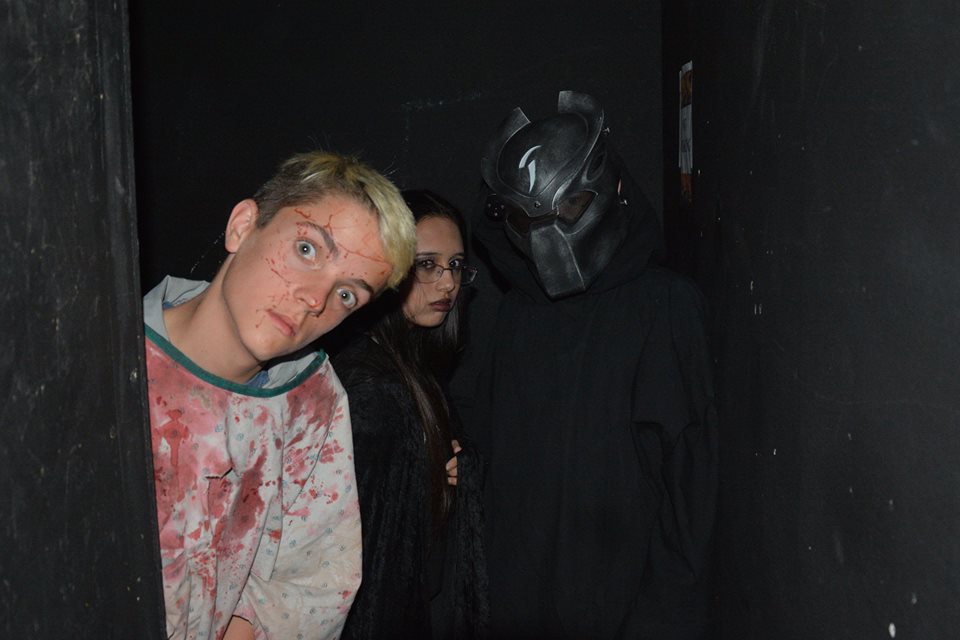
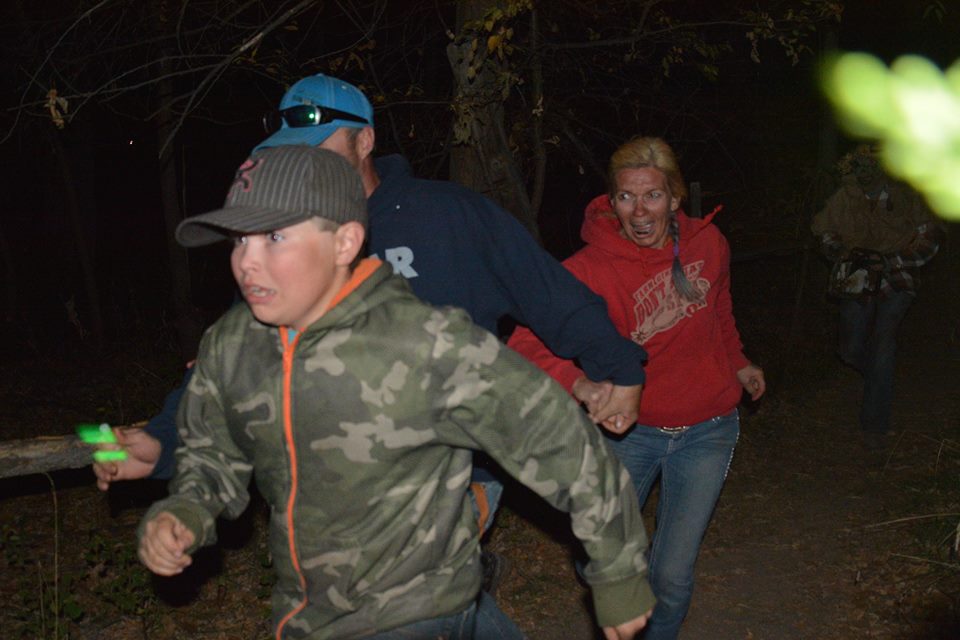
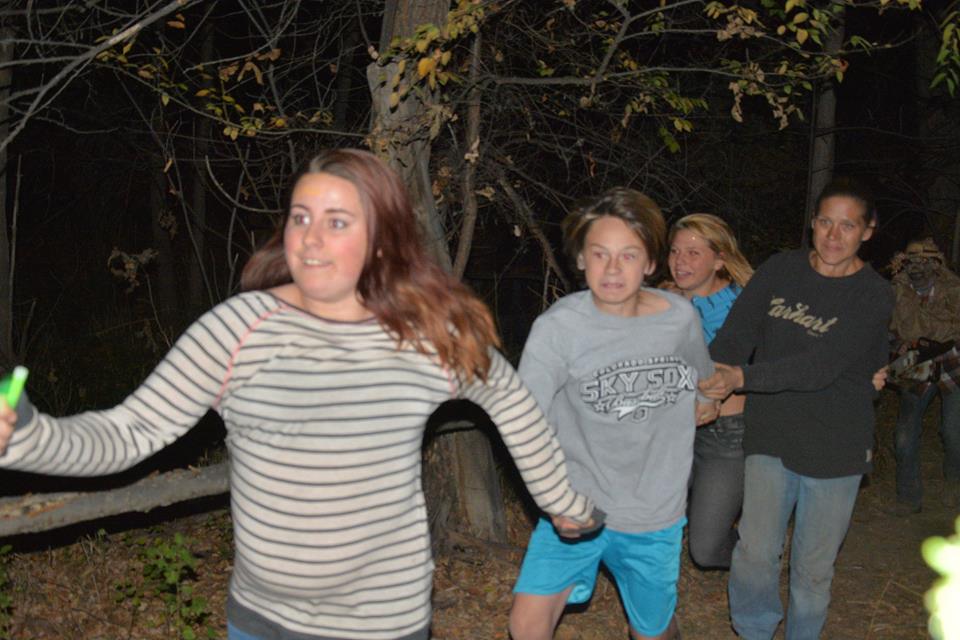
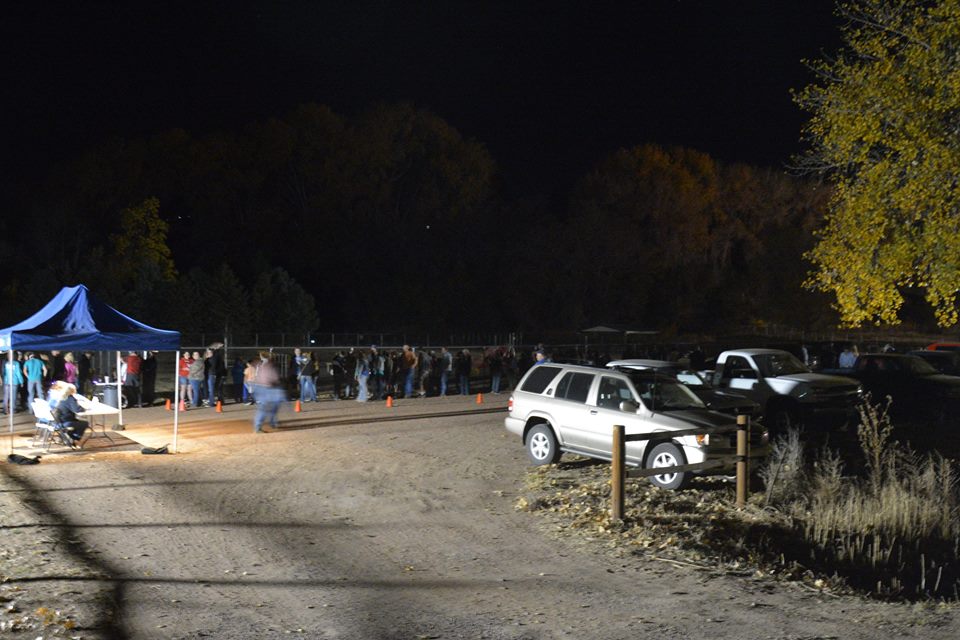
________________

Haunt 31 340 S. Annandale Drive , Lake in the Hills, IL.
‘What started as a hobby, has grown into an obsession. In 2012, with help from several Chicago Haunt Builders members, Haunt 31 completely designed and built the scenes & props for the haunted train ride. In 2013, Haunt 31 completely gutted, designed, and re-built the haunted house. In 2014/2015, Haunt 31 added more scenes to both the haunted train ride and the haunted house. In 2016, Haunt 31 designed and built the tennis ball shooting gallery. Did you know? Haunt 31 collects scrap-metal to help pay for the display! We’ve recycled over 39,746.5 pounds of metal so far! Drop it off, or we can come pick it up!!’
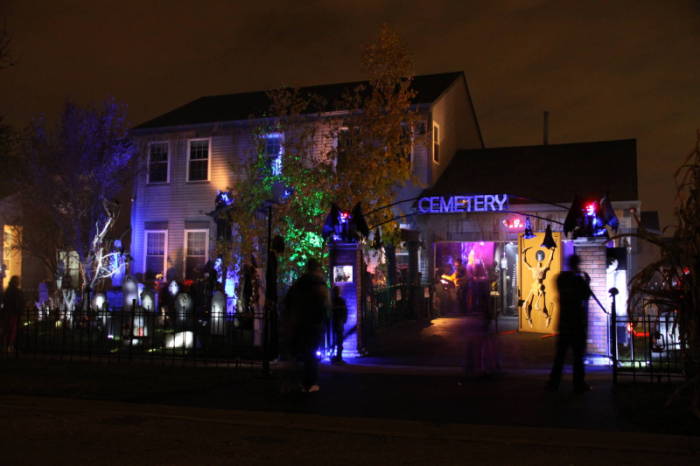
_________________
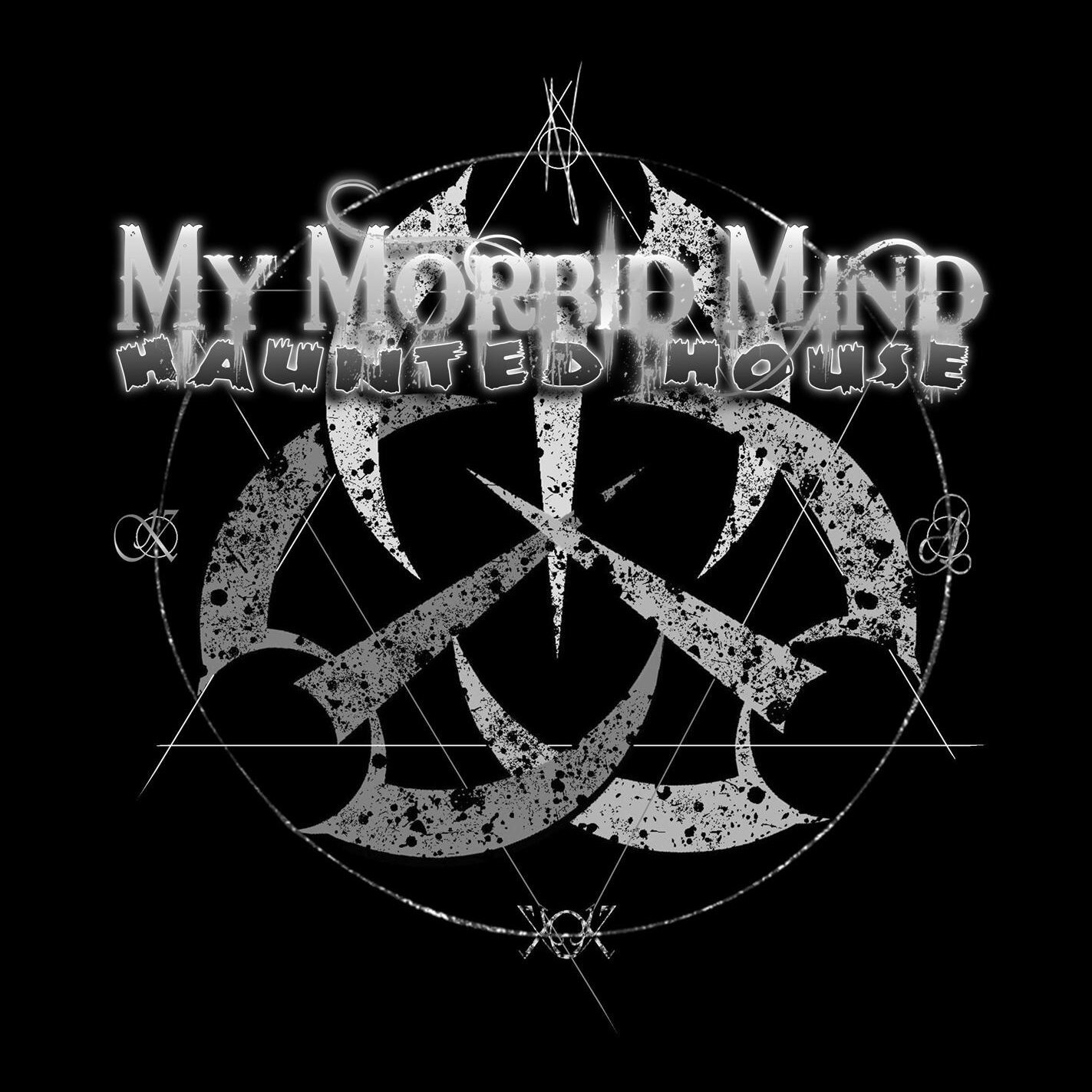
My Morbid Mind 4548 Marvin Rd SE Lacey, WA 98513
‘My Morbid Mind Haunted House began as a Halloween display on the front porch of a house in suburban Lacey. Trick or Treaters would creep through a small gauntlet of horrors to reach the front door and receive their rewards. This was only the beginning for “Master of the Macabre” Kevin Noah. He is the owner, chief designer, builder, director, and supervisor for what has become the “best haunt in the state”! Together with his wife and two sons, they moved from the front porch to converting their entire back yard into a haunt. When that proved to be inadequate for their ever growing following, they set out looking for a larger venue. The Noahs didn’t have to look far. Just down the road an old, huge barn looked like the perfect place to set-up shop. Fortunately for Kevin, the owners Tom & Mona, were intrigued by the prospect of setting up the event on their property. They agreed to share their building with all of you, and have worked hard as staff members of the haunt every year.’
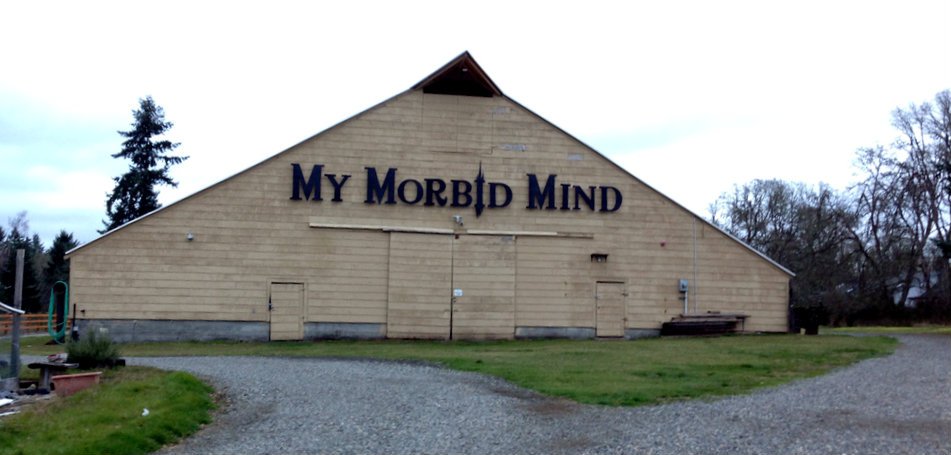

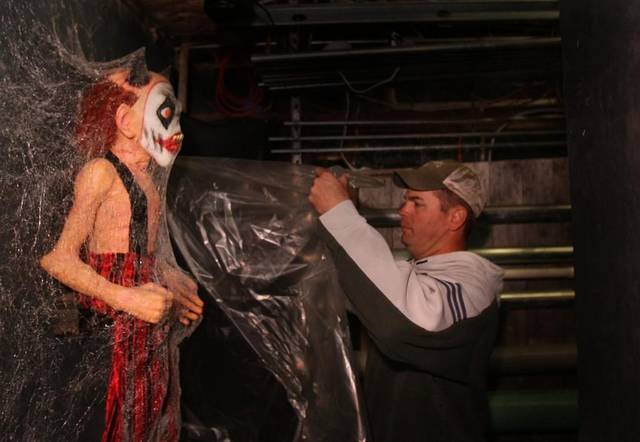

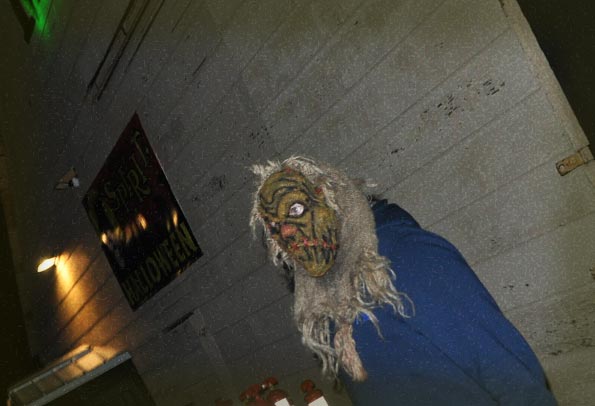
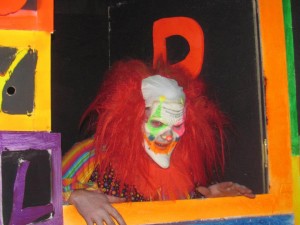
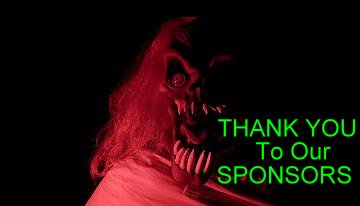
________________
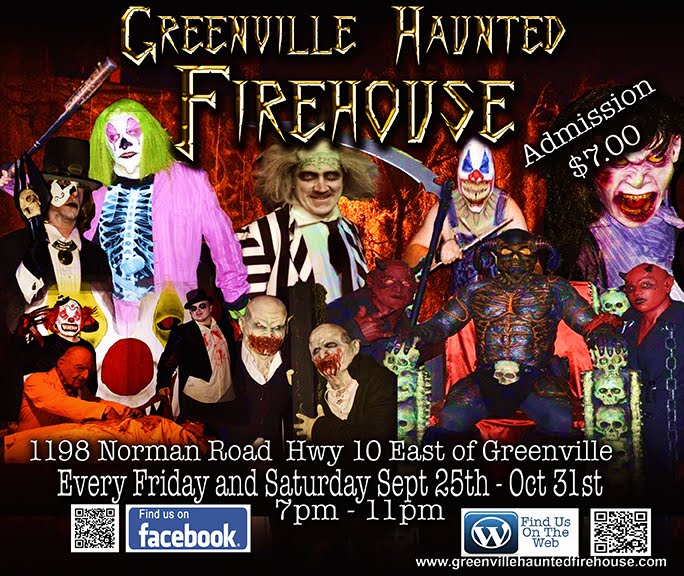
Greenville Haunted Firehouse 1198 Norman Rd, Greenville, AL
‘Founded in 2003, the Greenville Haunted Firehouse is the brain child of the firefighters of Greenville, Alabama. Grown through hard work and passion for the scaring every soul that enters the house, the men and women of this haunt crew spend all year preparing for the scare season.’
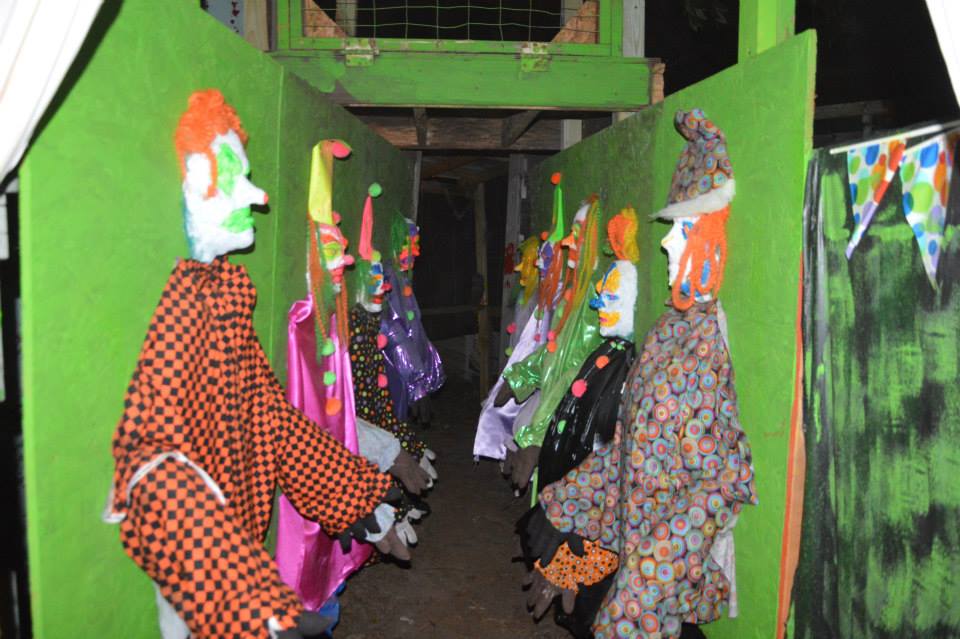



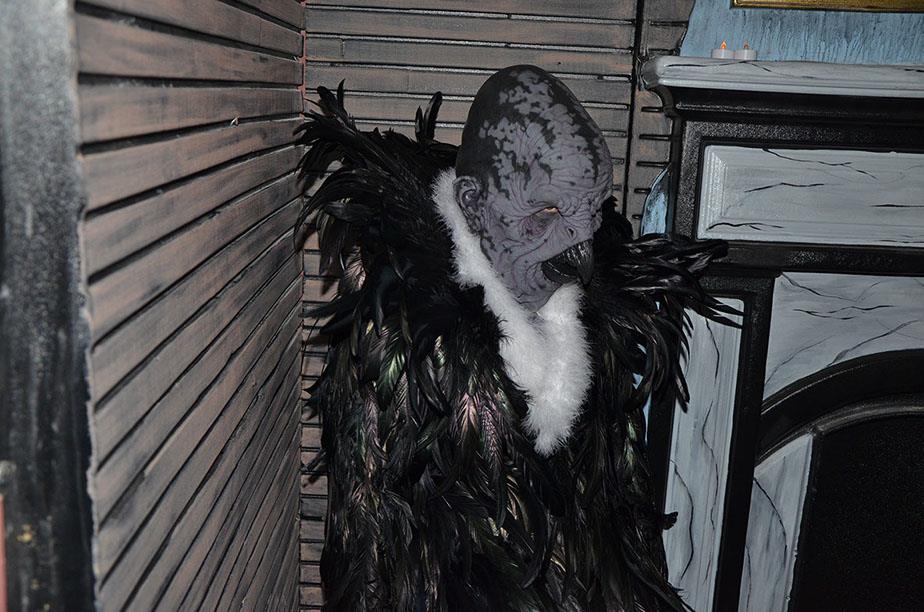
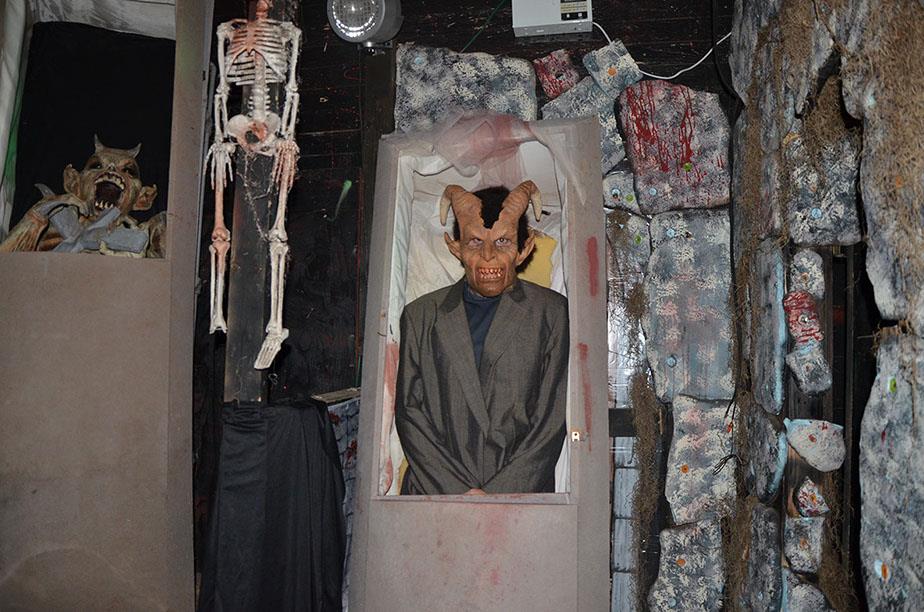

__________________
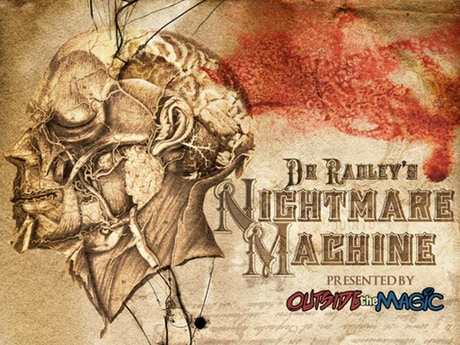
Dr. Radley’s Nightmare Machine 3900 19th Street North, Saint Petersburg, FL 33714
‘The Radley Haunted House truly started in 2007, a year after I began decorating my parents’ house for Halloween. In 2006, I was inspired to do something for Halloween after my favorite attraction, Disney’s Haunted Mansion, went through an extensive overhaul and added new special effects. I figured it was time to take my obsession with the well-known ride from my head and into my parents’ yard, so I put up a surround-sound system, created a changing portrait much like the one seen in the Mansion’s foyer, an axe-wielding bride projection effect, and a Madame Leota illusion in the porch window. I dressed up my friends and made some entry gates with the famous Haunted Mansion plaques, trying my best to attract attention to my new set-up. Back then, almost nobody came to my house for Halloween. But as the haunt grew, that changed in a big way, now drawing hundreds of visitors. Eventually, when “the Radley” caught on and became a household name in the Bay Area, my determination to create something unique and impressive became even greater and caused me try and outdo myself each year. My hope is that, one day, the right team will form and we can eventually bring the Radley to a larger, professional space.’

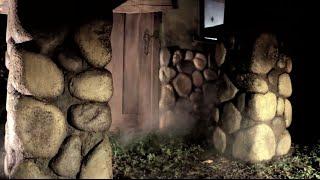



*
p.s. Hey. So, I’m heading off to San Francisco today to attend and participate in the New Narrative conference there and do a reading while I’m at it. Then I’m going to hang out in California getting as much Halloween under my belt as possible until the end of the month. The plan is that I won’t be able to do the p.s. again until Tuesday, so between now and then you’ll just get posts with no stuff at the bottom. Starting Tuesday, p.s.es will return. Chances are that I’ll take another break from doing p.s.es towards the end of the month, but I’ll figure that out and say more on that front later. If something happens to alter that plan, I’ll alert you via the comments section in the next few days. Also, I’ll be launching posts from California, so they’ll be appearing roughly 9 hours earlier than usual for the duration. I’ll be back in Paris and everything will return to normal starting on November 2nd. Does that makes sense? Hope so. ** Jamie, Hey, pal. Ha ha. I’m good, just pre-trip stressed as always. Apart from the conference, the main goal is to soak in Halloween. Want to check out a lot of Home Haunts because, at the moment, Zac’s and my next film is about a Home Haunt. See friends. Eat a lot of Mexican food. Stuff like that. Yes, I’m hoping that there are a lot of blockbuster films I missed that will be piled up in my plane’s entertainment reserves. Seems likely. Oh, awesome that you loved ‘Playtime’! So amazing, right? He was quite the singular genius, that Tati. Oh, I forgot to say how much I loved Hannah’s poem. Please pass along my kudos to her. I’m excited read much more of her work. Thanks for the bonnest wishes. An 11 1/2 hour flight followed by 9 hour time difference-based jet lag will require those wishes. Have an awesome next few days. And I hope you think your Thursday is marriage material. Seat 11D in Economy Class love, Dennis ** Steve Erickson, Hi. Talent is overrated, ha ha. As I’m sure I’ve said, Zachary Quinto was a waiter at this kind of go-to diner near my LA pad for years before his luck struck. He was famous at the diner for being the surliest, most assholeish waiter there. When he came to your table to take your order, you be, like, ‘Oh no, that guy, ugh.’ I’m always interested to see Kaurismaki’s films. Good luck with the Dunne interview. I’ll recheck Long Fin Killie while I’m out west. ** Jeff J, Hi, Jeff. Oh, jeez, so sorry re: the sinus hassle. Sure, I’d love to Skype at the soonest opportunity. Mega-enjoy the artists colony. I know you will. Wow, how nice. An experimental lit class! God love that college. Super cool that they read/did ‘Novi Sad’. That must have been so interesting. Do you know what other books they’re reading? Thanks, uh, like I said, hopefully I’ll do lots of Halloween, chilling, etc. Post-film work enjoyment plus some next film-work research. Take care. ** David Ehrenstein, Hi. Kind of weirdly delicious even. ** Nick Toti, Hi, Nick! Good to see you, man. Thanks about the post. I intend to gorge on Home Haunts whilst in California so maybe we will. And, obviously, if you know susceptible people across the USA who happen to be the cities where today’s picks are happening, they seem worth doing. I hope everything is super great with you! See you in the dark, or in line, maybe. ** Sypha, Hi, James. I was one of those people who watched Gaga chase cameras and switch outrageous costumes every other day and thought she would burn her thing out awfully fast, and sure enough. I actually think her grabbing the social justice mantle was a smart career move at that point. Now she just seems lost and floundering. It isn’t impossible that she could figure out some new zeitgeist angle, but it’s awfully unlikely, and it will be interesting to see how she moves. ** Dóra Grőber, Hi! Excellent about its defeat! Yeah, I spoke too soon about Zac’s dad’s house. Apparently a second fire started near it, and now its fate is very uncertain again. Really awful and scary. We finished everything yesterday. So that finally and really is the end, and now the film is alive and will have what I hope will be a fruitful existence. Still no Sundance news. This week, we’re told. Oh, whew, and great about the apartment! When will you move in there? Huge congratulations! What are you up to today? My today is going to be ugh — metro to the airport, airport, 11 1/2 hour flight, taxi to where I’m staying in a state of sleepless delirium, sleep. Urgh. I look forward to talking with you again come Tuesday! Have a swell long weekend! ** _Black_Acrylic, Hi. I think so too re: HGL. Thank you about my trip. Here’s hoping the YnY meeting goes very well today. Let me know what happens. ** James Saito, Hi. Welcome to here and thank you. Yes, I’m not sure why ‘BloodMania’ wasn’t in there. Lack of good clips back when I made the post maybe? Thanks much for the link. ** Misanthrope, Hey, George. Oh, man, mutual obsessive love. That’s a hard one to counteract. The obsessive kind usually explodes before too long, but I don’t know if that’s a good thing or not. Very good luck with that one. ** Armando, Hi. I’m okay just stressed out about my long trip today. I started watching your film, which is beautiful, but my brain was too taxed from a long day of film work, so I’ll save the entire experience for when I’m at my leisure. I’m going to San Francisco for a literary conference and then staying in California for fun and ‘relaxation’ through Halloween. I did talk to our producer. He said that, as far as he knows, France’s government and regional film funding is only for filmmakers who are French citizens. Zac and I met through a friend and just immediately hit it off. Zac produce your film? I don’t think he has any skill or knowledge whatsoever re: producing films. That’s why we have a producer. You can shoot me an email whenever, but now is probably not the best time re: my already limited emailing abilities since I’ll be busy and traveling for the next while. Of course, anytime you feel like contributing a guest-post please do. Thanks! ** Paul Curran, Hi, Paul! Awesomeness to see you, buddy! Thanks about the post, and of course for the congrats on finishing our film. Yeah, I can’t wait for you to see it. I’m incredibly happy with and proud of it. How are you? What’s going on? Take good care! Love, me. ** Okay. Today I have suggestions on the Home Haunt front for those of you who either might happen to be located near the entries or who are interested in the Home Haunt art form in general. The blog will see you at a strangely different time tomorrow, and I will see you all again on Tuesday. I look forward to it.







































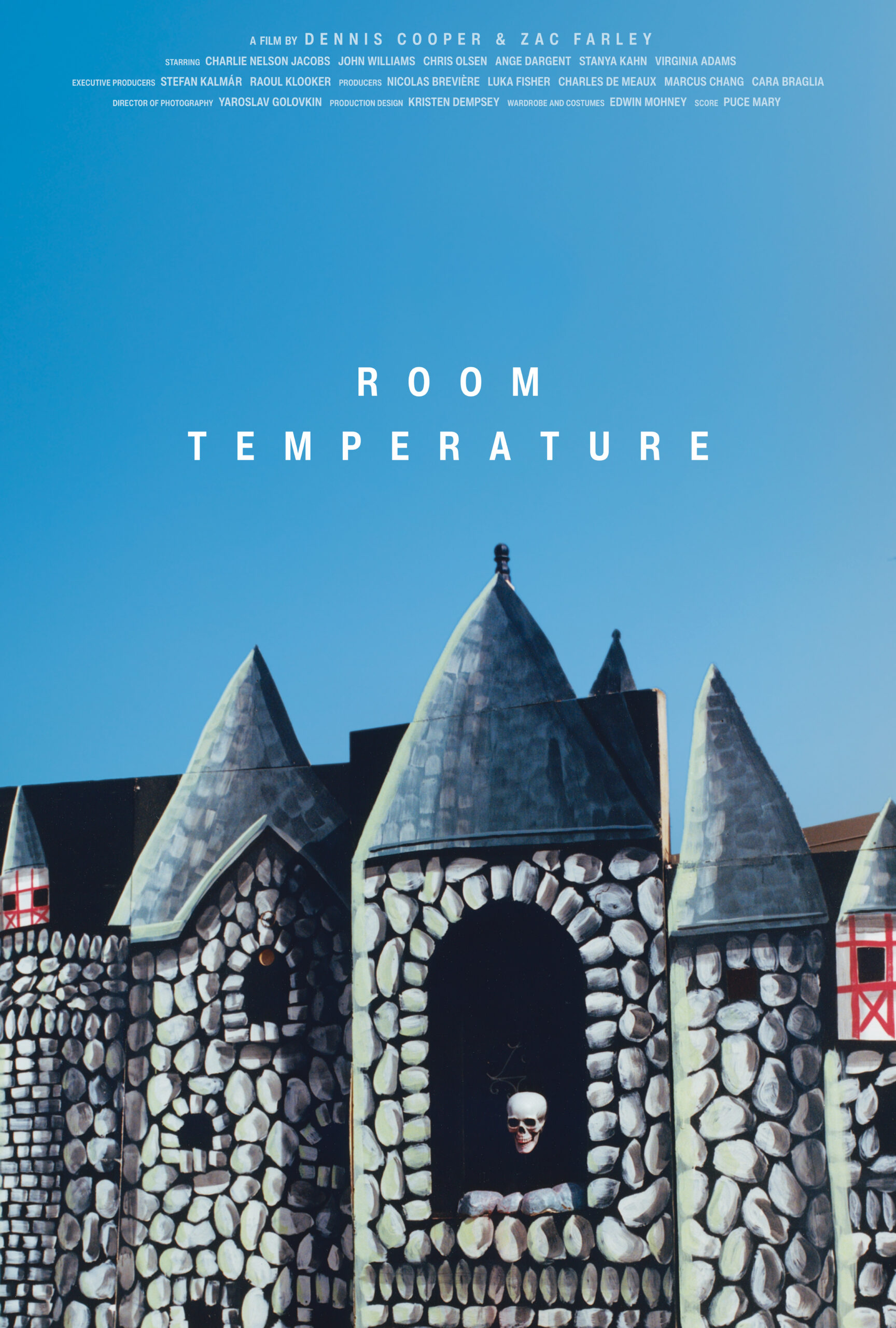

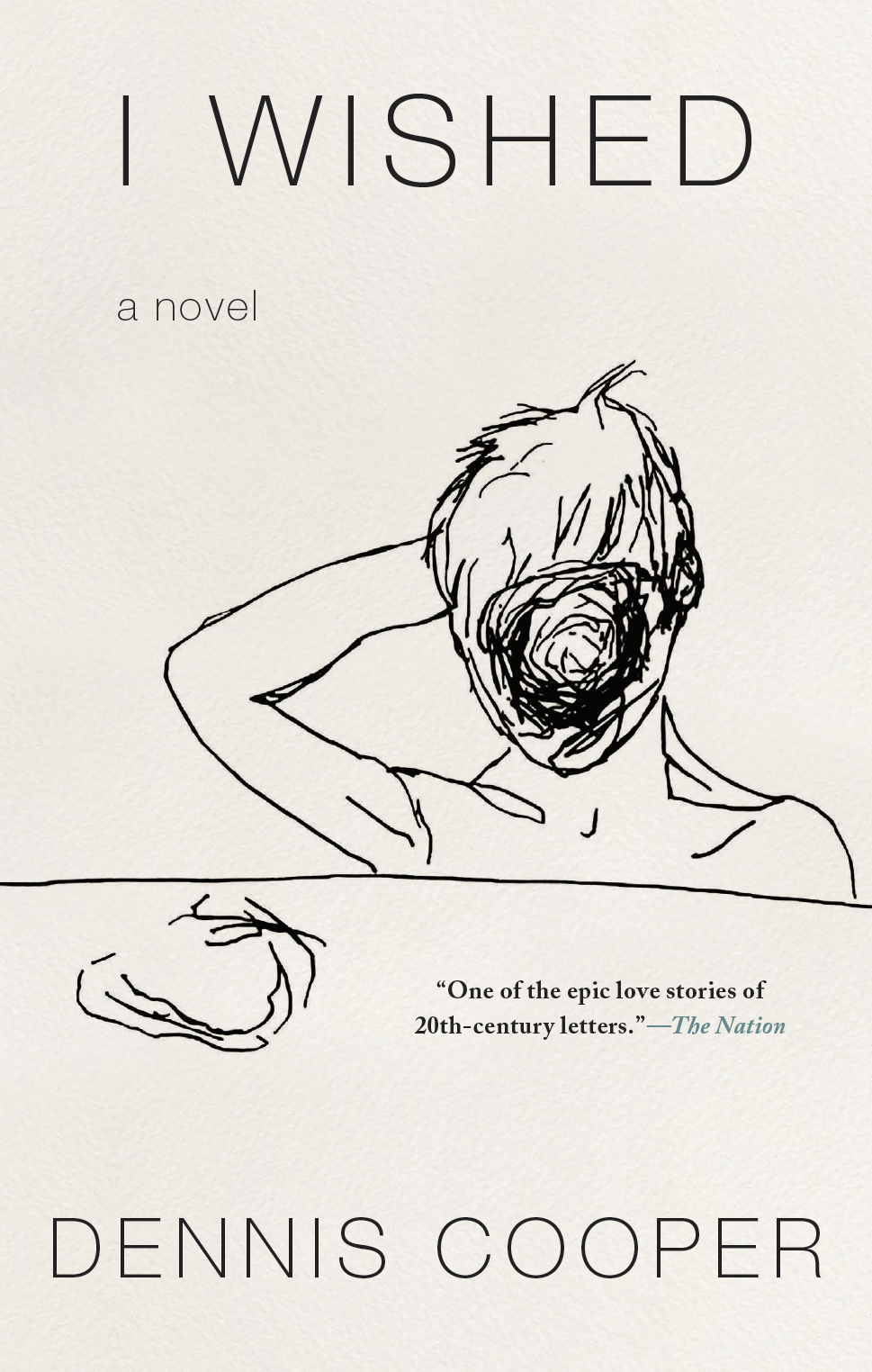
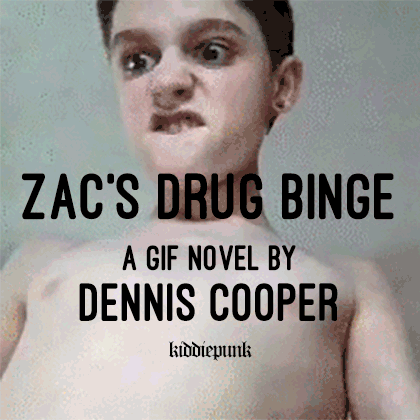
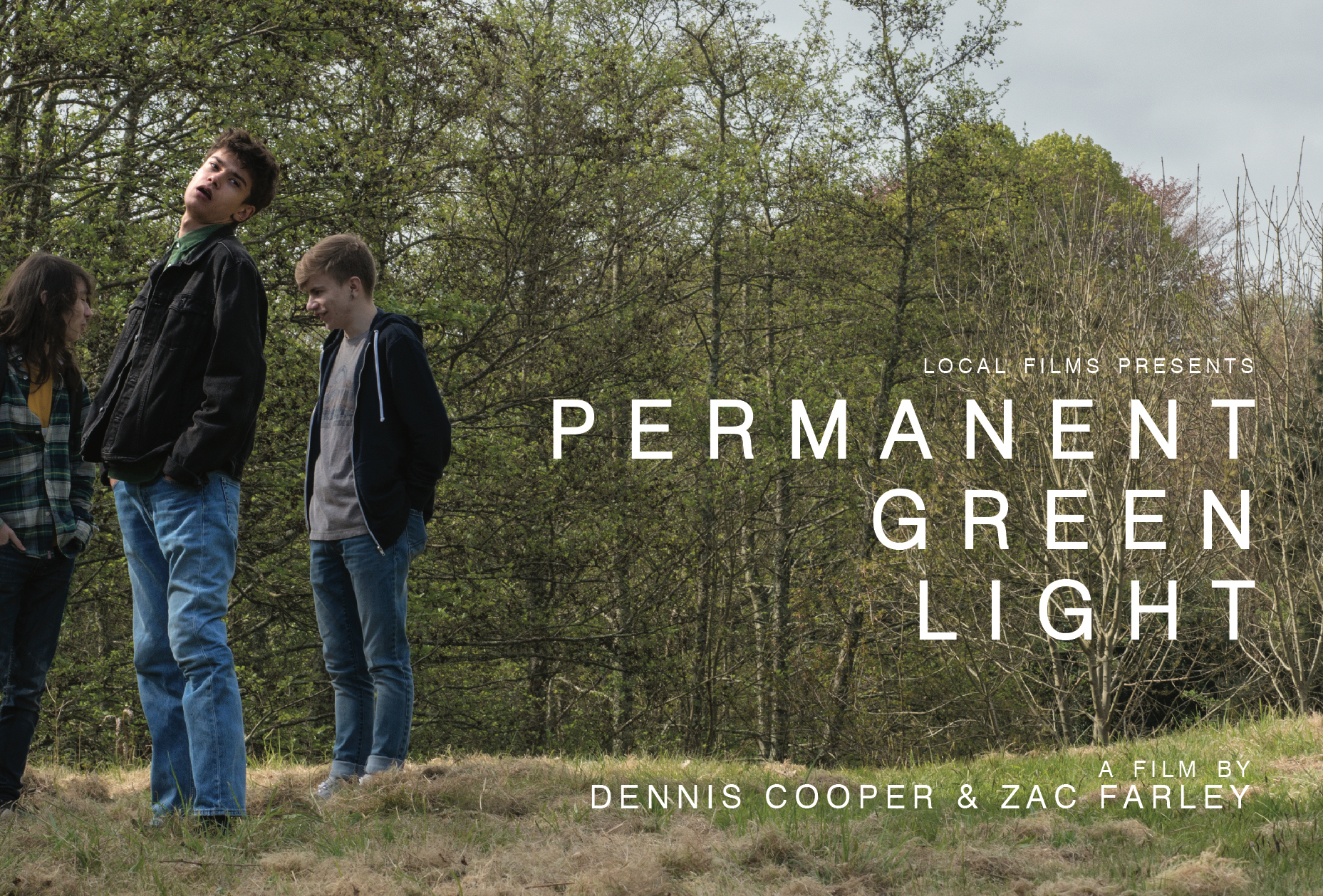 Now available in North America
Now available in North America 